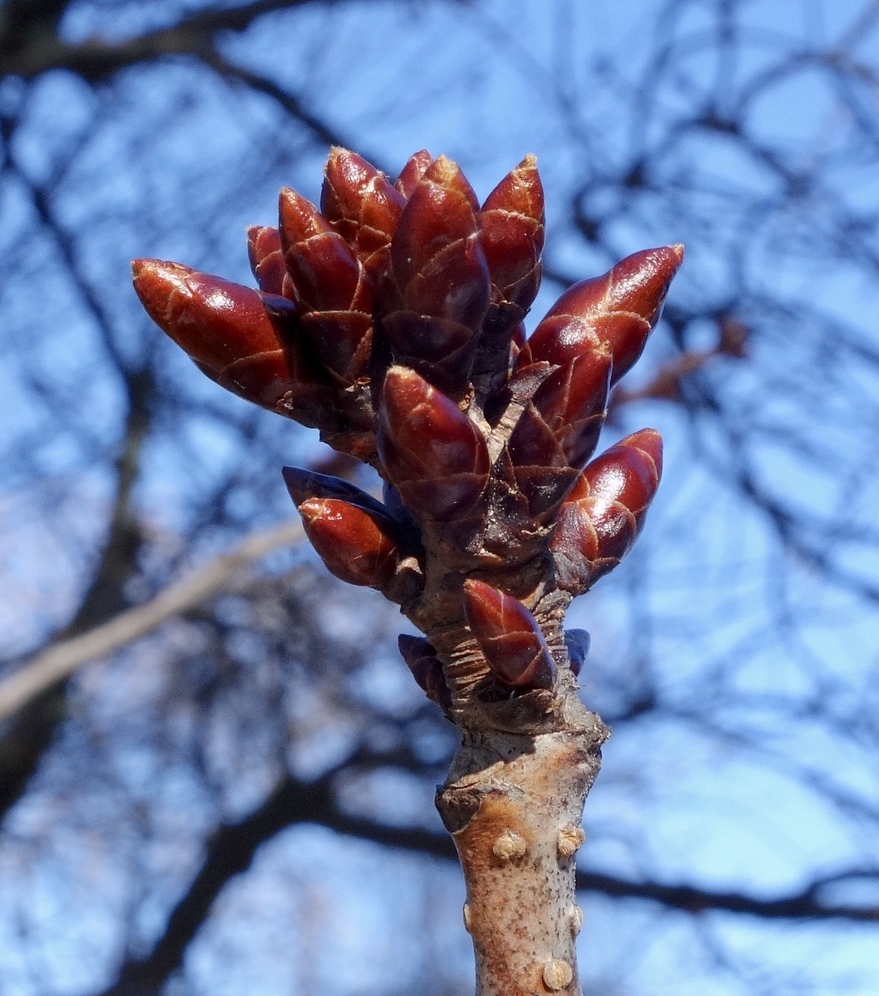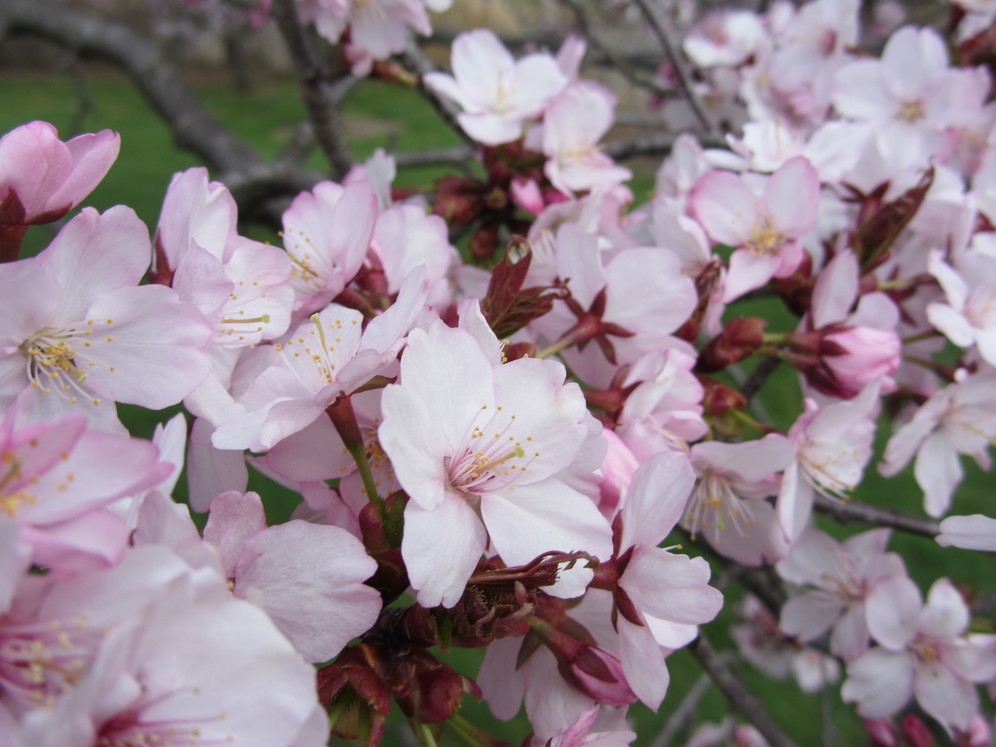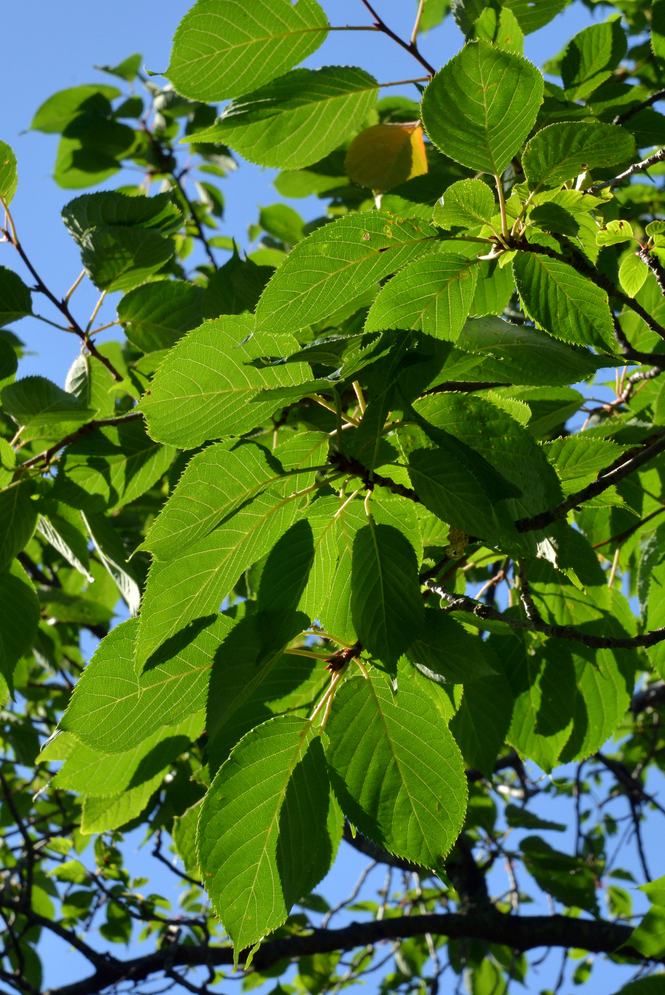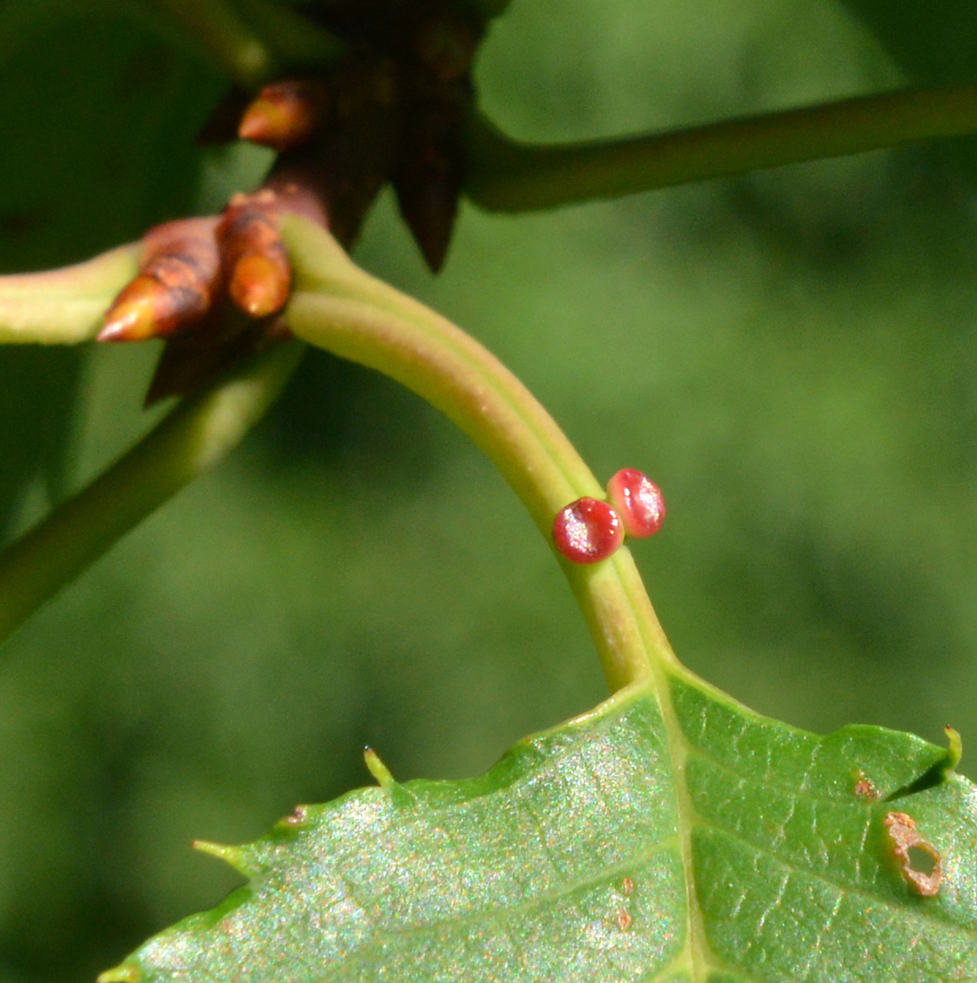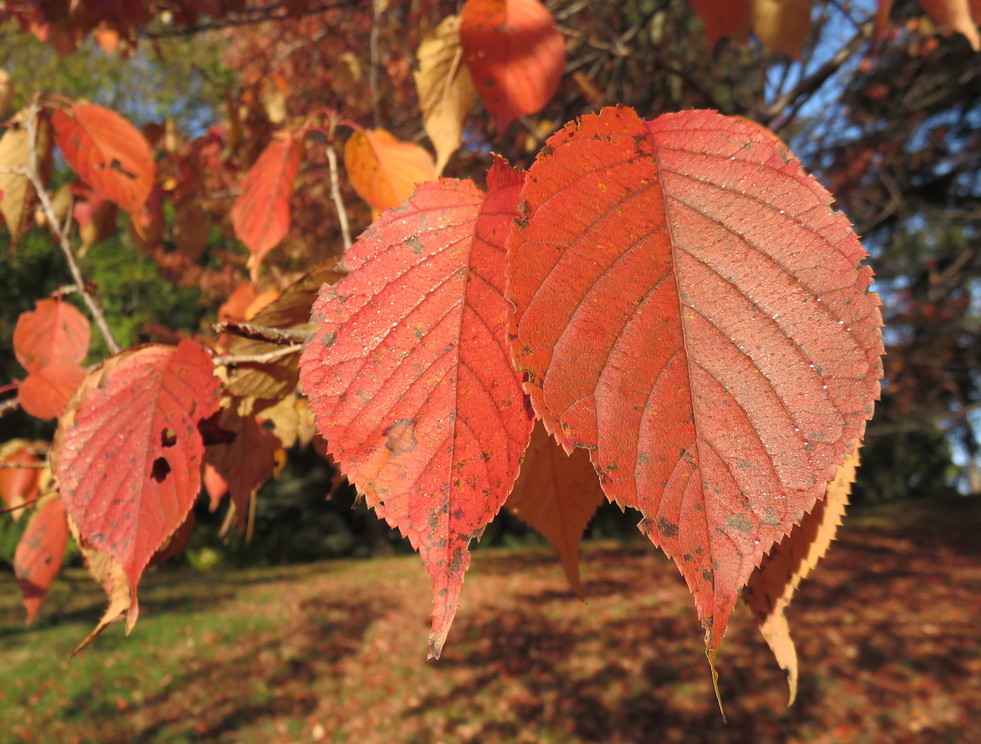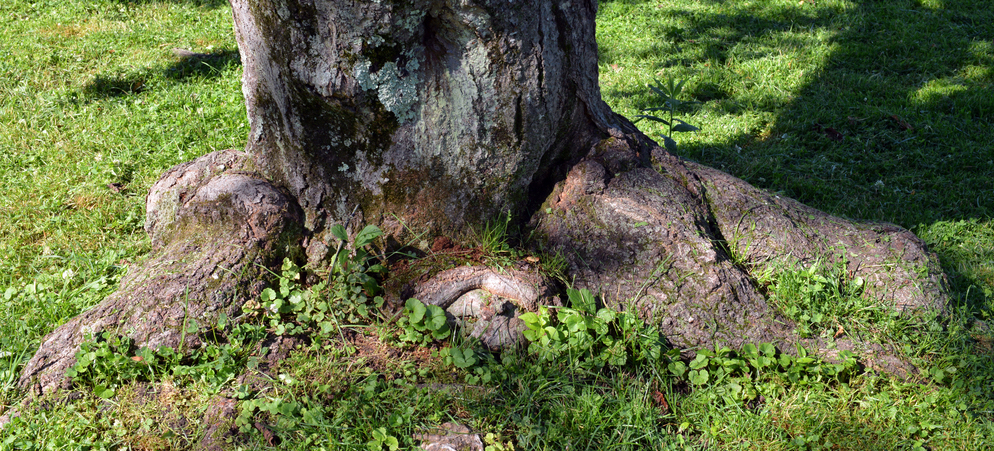1
Cultivar of Red Maple
Acer rubrum ‘Schlesingeri’
B. SCHLESINGER, BROOKLINE, MASSACHUSETTS, U.S.A.
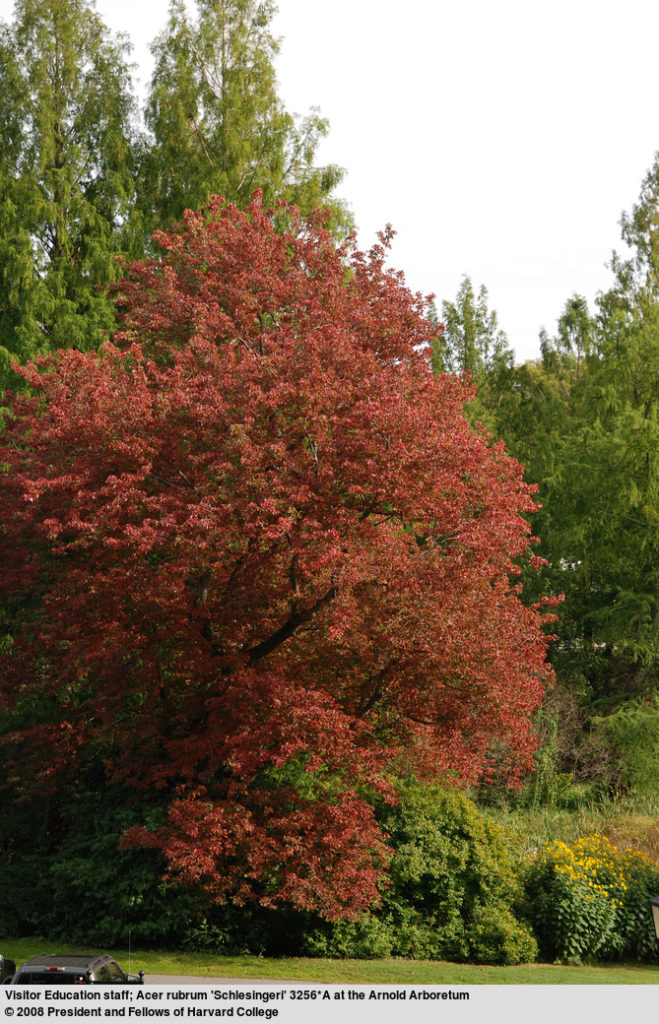
-
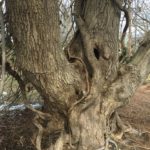
Storied trunk with Euonymus fortunei 'Coloratus' vine.
This tree was brought to the Arboretum in 1888 by founding director Charles Sprague Sargent.
This red maple and its attendant euonymus—the large vine climbing up the tree’s trunk—illustrate an important fact about this landscape—that all of the trees at the Arnold Arboretum of Harvard University have an origin story.
The tall red maple is from just a mile away. The Arboretum’s founding director, Charles Sprague Sargent, first noticed the red maple in his neighbor’s yard in nearby Brookline. Sargent noted that the tree’s leaves turned red in the fall much earlier than usual. Interested in such an early-turning red maple, Sargent acquired a scion of the tree and brought it to the Arboretum in 1888.
The large green plant in front of the maple is called euonymus. Native to East Asia, this Arboretum specimen was planted in 1930.
These two plants, standing together, illustrate the Arboretum’s mission to cultivate and steward all of the woody plants—trees, vines, and shrubs—that can survive in Boston’s climate.
Some of the plants in this landscape came from right around the corner. Others were collected in remote valleys and mountainsides around the world. Each of them has a story to tell.
Click here to read a transcript of the audio recording below.
Arboretum Director William (Ned) Friedman loves the ‘Schlesingeri’ maple. Hear him talk about this tree and the relationships that are possible between humans and plants at a place like the Arboretum.
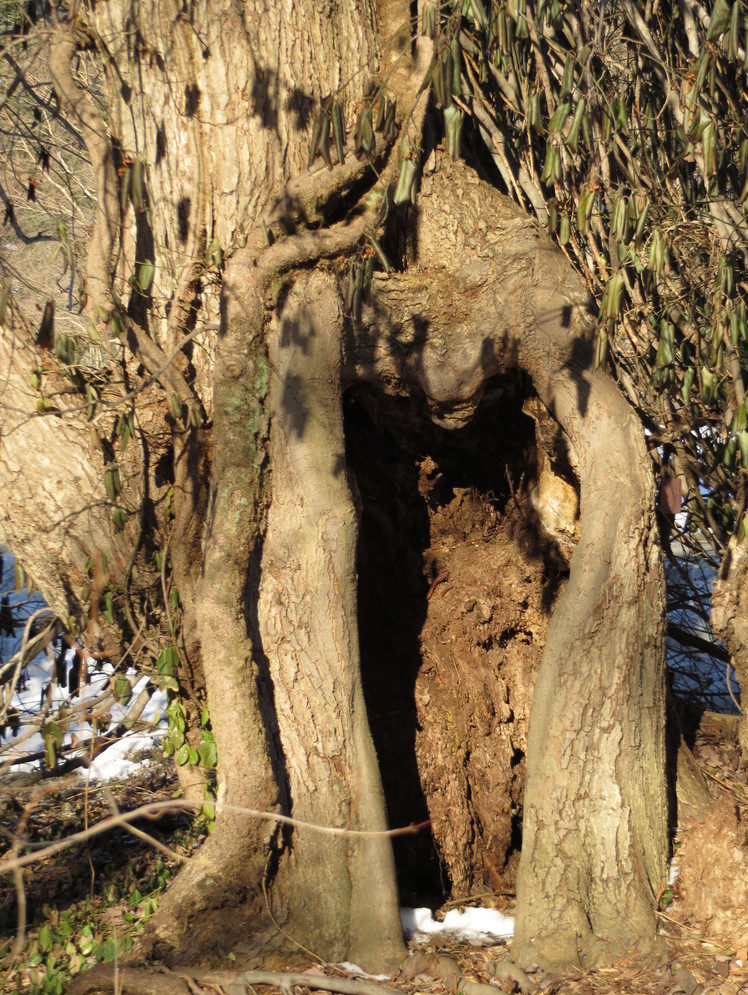
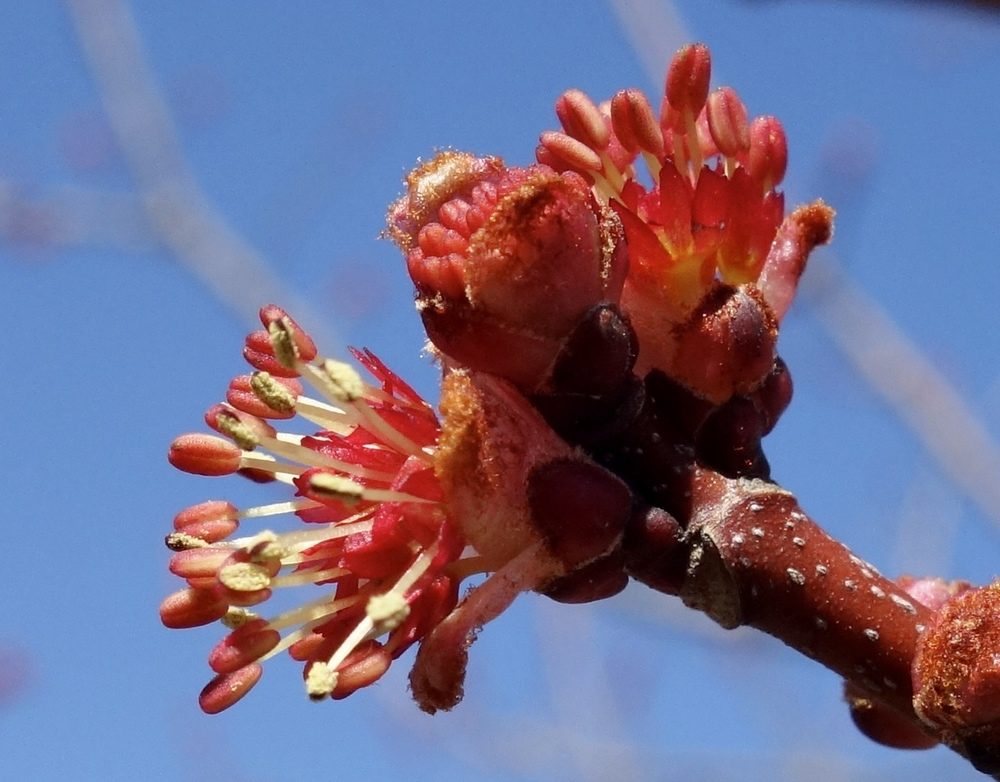
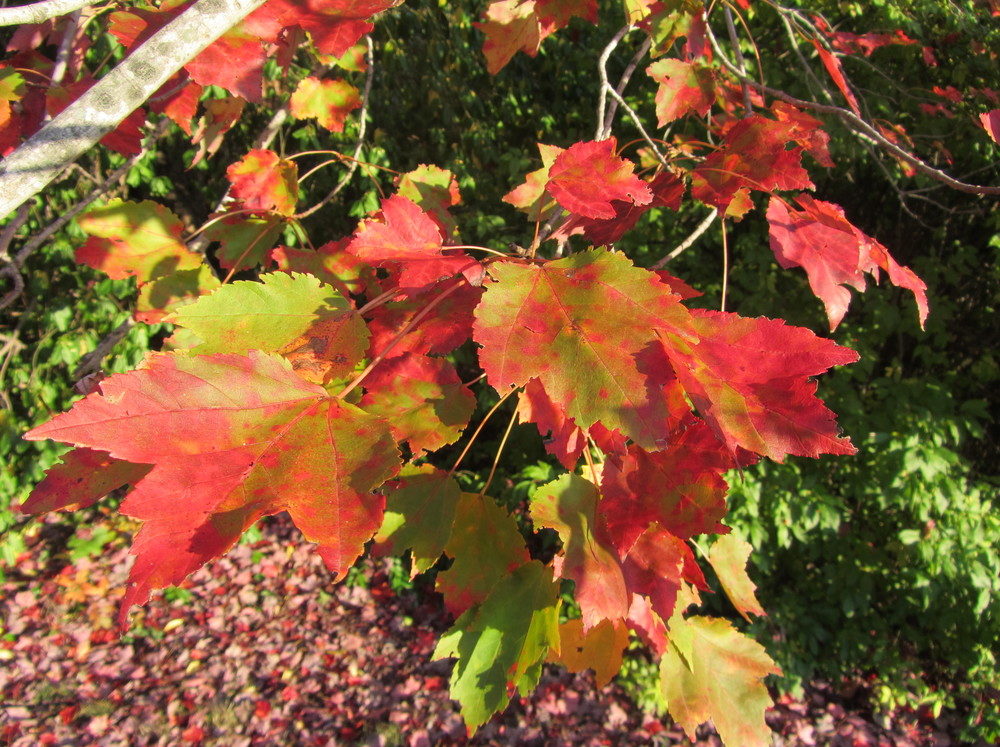
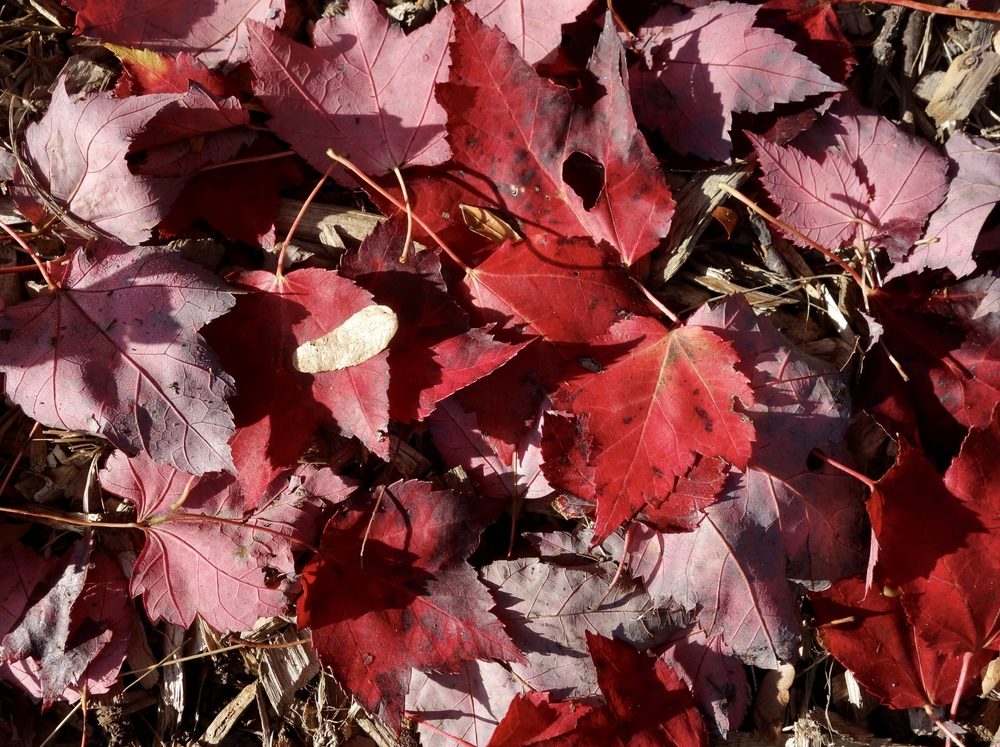
2
Dawn Redwood
Metasequoia glyptostroboides
CHENG, W.C.
NATL. CTRL. UNIV., NANKING, CHINA
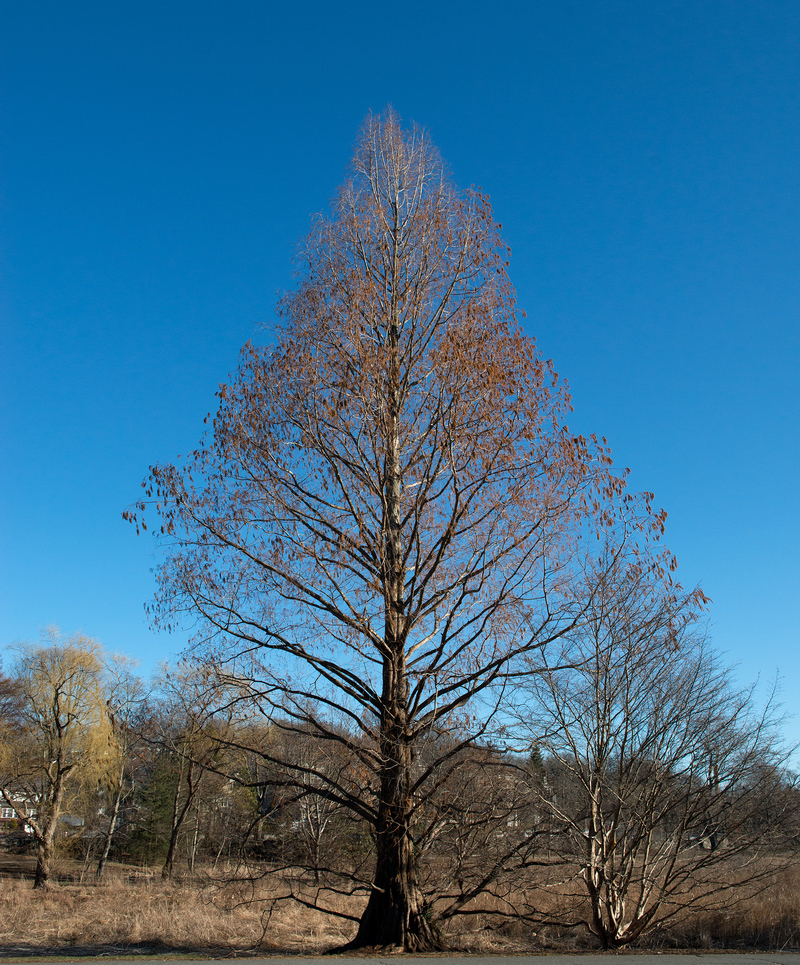
-
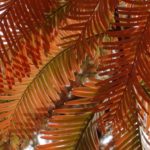
Copper-colored fall foliage. -
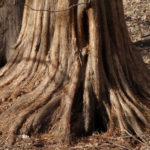
Buttressed trunk. -
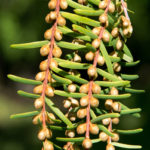
Miniscule pollen-bearing cones form in summer.
This dawn redwood was grown from seed brought to the Arboretum in 1948 from China.
In the early 1940s, the genus Metasequoia was known only from the fossil record. Rocks containing the imprints of the dawn redwood’s characteristic needle pattern had been found in North America, Europe, and East Asia.
Then, a forester, Zhan Wang took samples from a mysterious stand of trees deep in a valley in the Hubei Province of central China. At the foot of the oldest tree were a collection of votives—community members had been leaving offerings under the branches for decades.
Over the next several years, Wang worked with colleagues to coordinate collecting expeditions and taxonomic identification of the trees. One of these colleagues was Hsen Hsu Hu, a prominent Professor who was the first person from China to receive a doctorate in botany from Harvard University. In 1946, Hu and another professor announced the discovery that Metasequoia had not gone extinct after all. It was alive and well and living in western Hubei Province.
The discovery of a “living fossil” made international headlines. Researchers and scientists rushed to see the trees for themselves. Elmer Merrill, director of the Arboretum from 1935 to 1946, funded a collecting trip in China to bring back seed.
The dawn redwoods planted at the Arboretum—including the one before you—are the first of their kind to grow in North America in over two million years. The Arboretum distributed over a kilogram of the tiny, lentil-sized seeds to arboreta and botanic gardens across the world, playing a crucial role in the tree’s international reinstatement and conservation.
Click here to read a transcript of the audio recording below.
Want to dig deeper?
Explore the Dawn Redwood Plant Bio
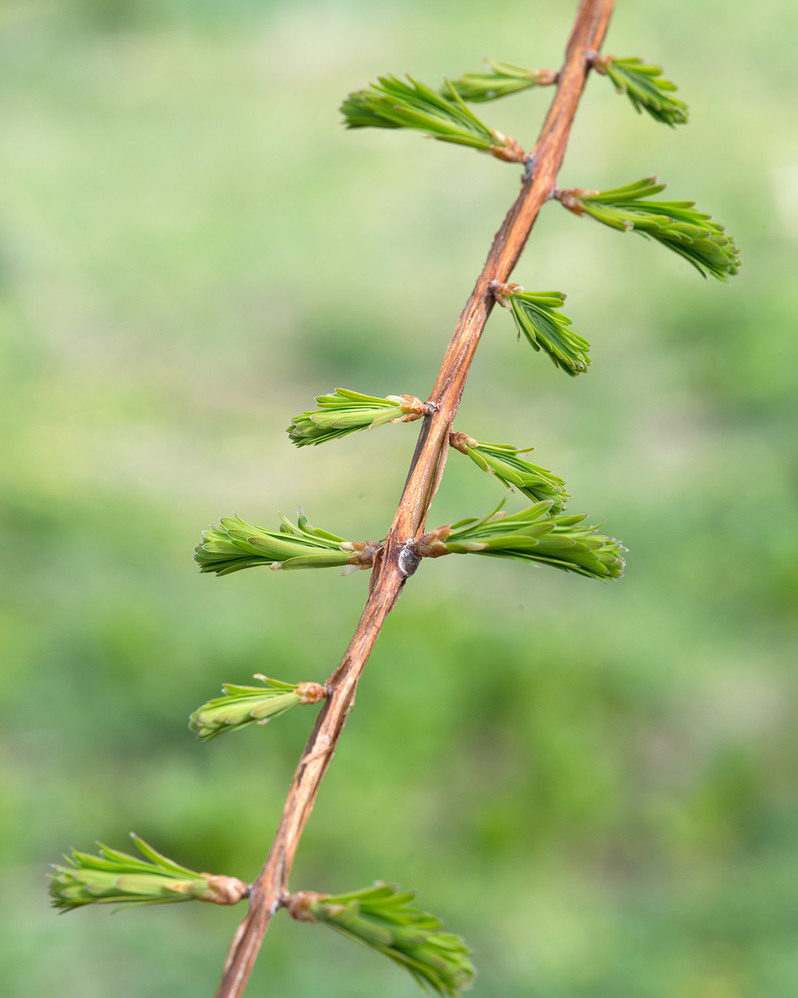


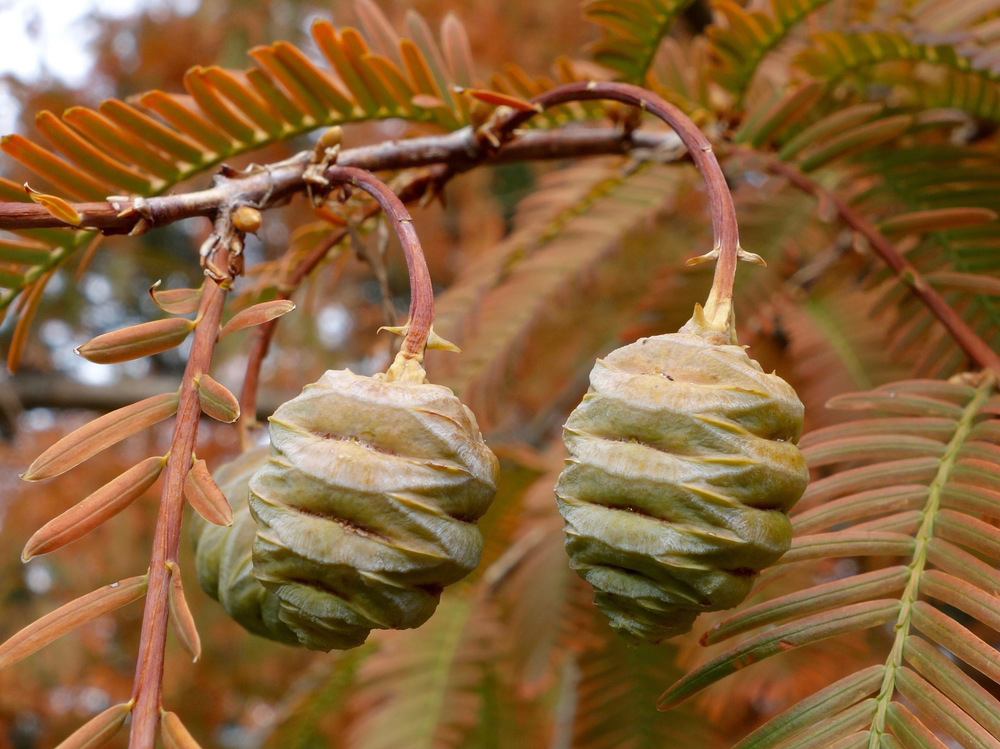
3
Hybrid of Tulip Tree
Liriodendron × sinoamericanum
COKER ARB., UNIVERSITY OF NORTH CAROLINA, CHAPEL HILL, NORTH CAROLINA, U.S.A.
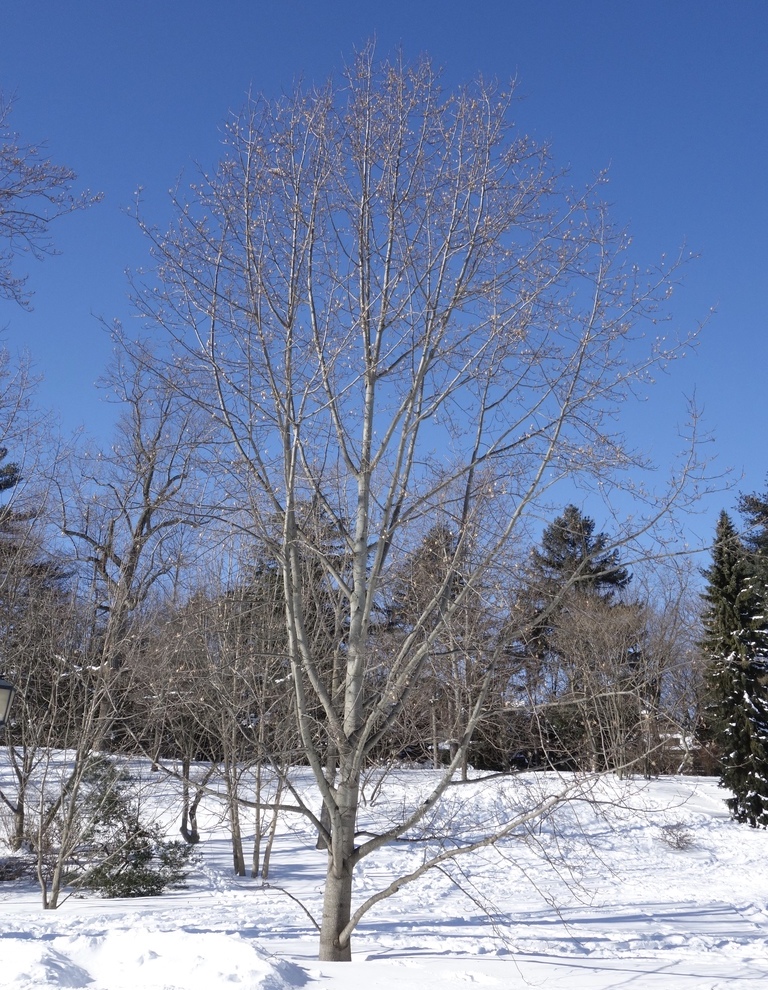
-
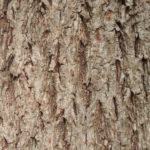
Deeply furrowed gray bark. -
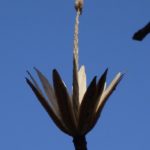
Open fruit after seed shed.
The North American and Asian species of tulip tree are hybridized.
Visit the Arboretum and position yourself facing this Liriodendron × sinoamericanum hybrid with the Hunnewell Visitor Center to your right. Nearby are examples of the two species that were hybridized to create this tulip tree.
To the left of the hybrid, just beyond the water fountain, is a towering Liriodendron tulipifera received by the Arboretum from Thomas Meehan & Son (Germantown, Pennsylvania) nursery in 1894. This species is native to eastern North America and has been used for centuries to create canoes, furniture, and other utilitarian products.
Directly behind the water fountain is Liriodendron chinense, a species native to China which was sent to the Arboretum by The Botanic Garden (Chinese Academy of Forestry, Beijing) in 2004. This species is endangered in China due to a variety of factors, including the desirability of its timber.
The differences between the trees—other than their size—are stunning. Liriodendron tulipifera produces flowers with bright orange splotches, while Liriodendron chinense flowers are blotched green with few yellow striations and deep leaf sinuses.
The tree pictured above is a reunion of two species that have spent the past twelve million years thousands of miles apart. The two species share a common ancestor, one that grew when the continents were connected millions of years ago. As glaciers melted, sea levels rose and fell, and the shores of what are now North America and Asia emerged. On the now-separate landmasses, two distinct species of tulip trees evolved.
After all of that time, the American and Chinese species were still similar enough that scientists in North Carolina were able to cross them to create this hybrid, which was a gift to the Arboretum in 1981.
Today, the two parents and the hybrid stand together in the Arboretum’s landscape, testament to the similarities between the climates of East Asia and North America.
Click here to read a transcript of the audio recording below.
Sean Halloran is the Arboretum’s former Plant Propagator. Hear about his work at the Dana Greenhouses in the audio segment below.
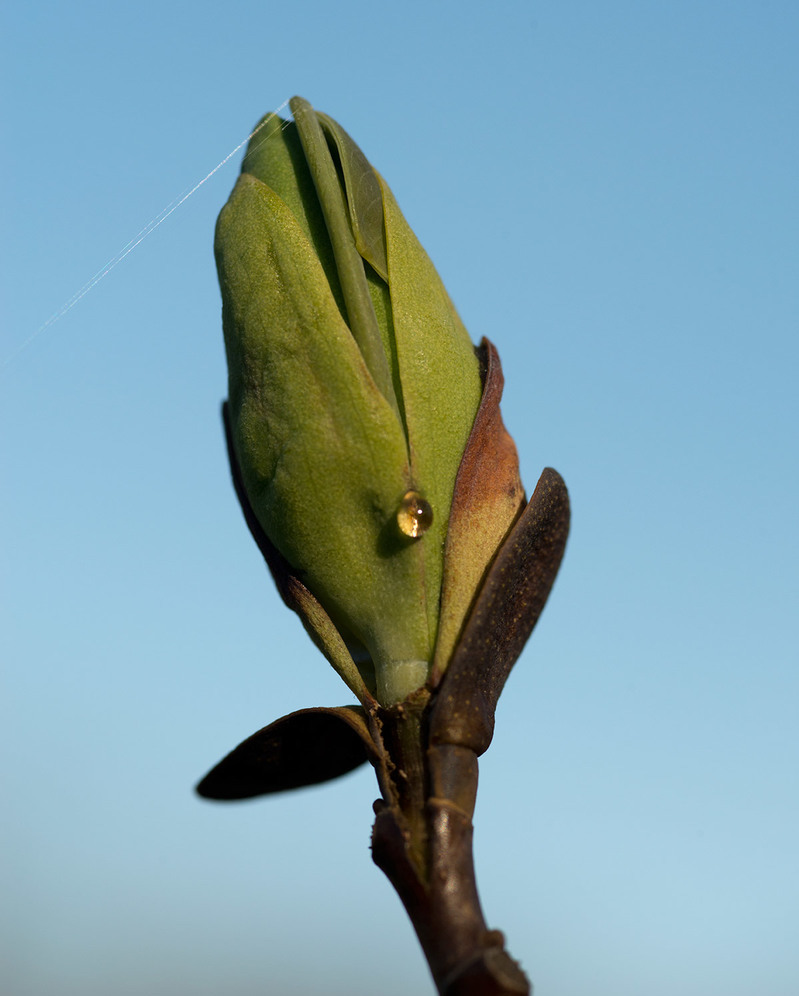
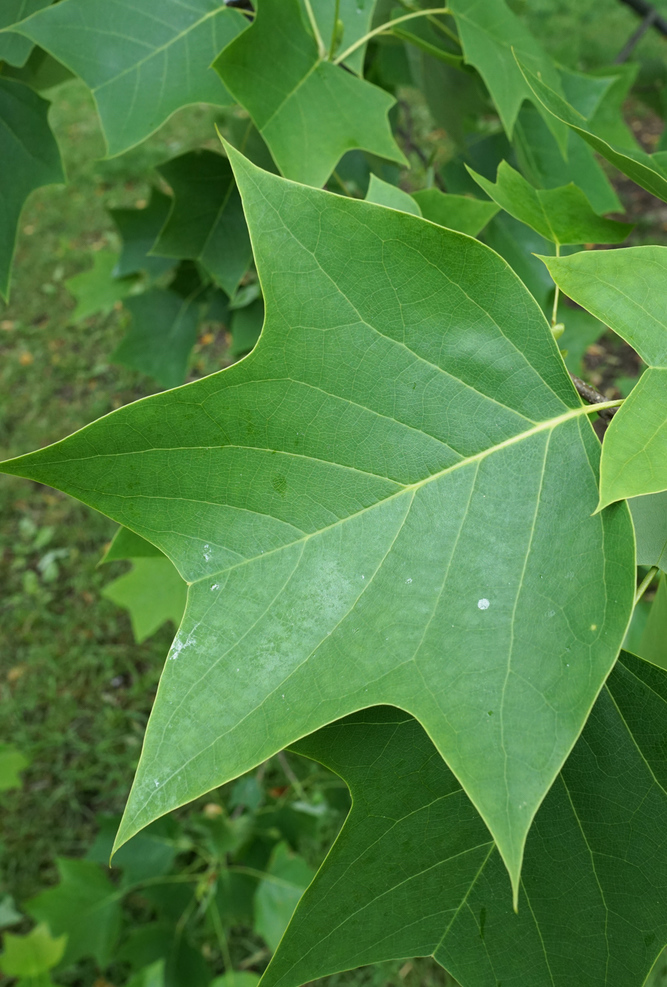
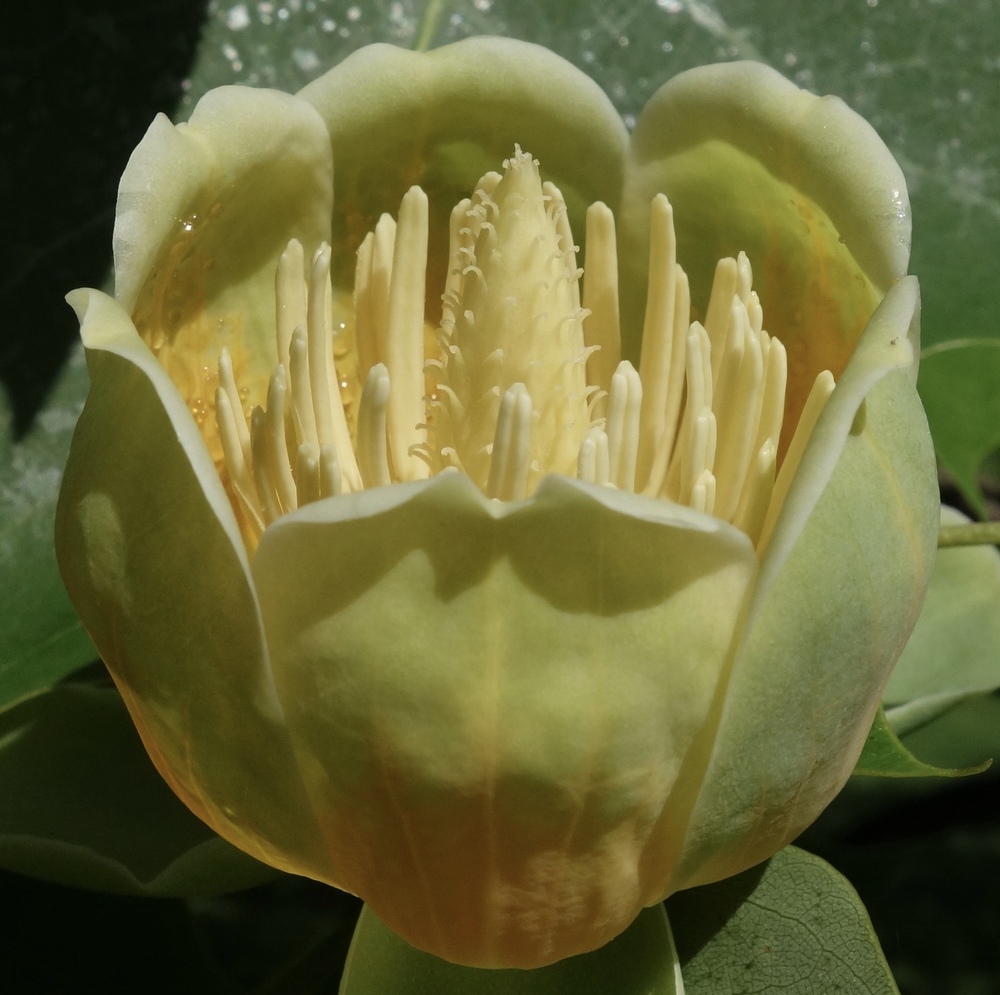
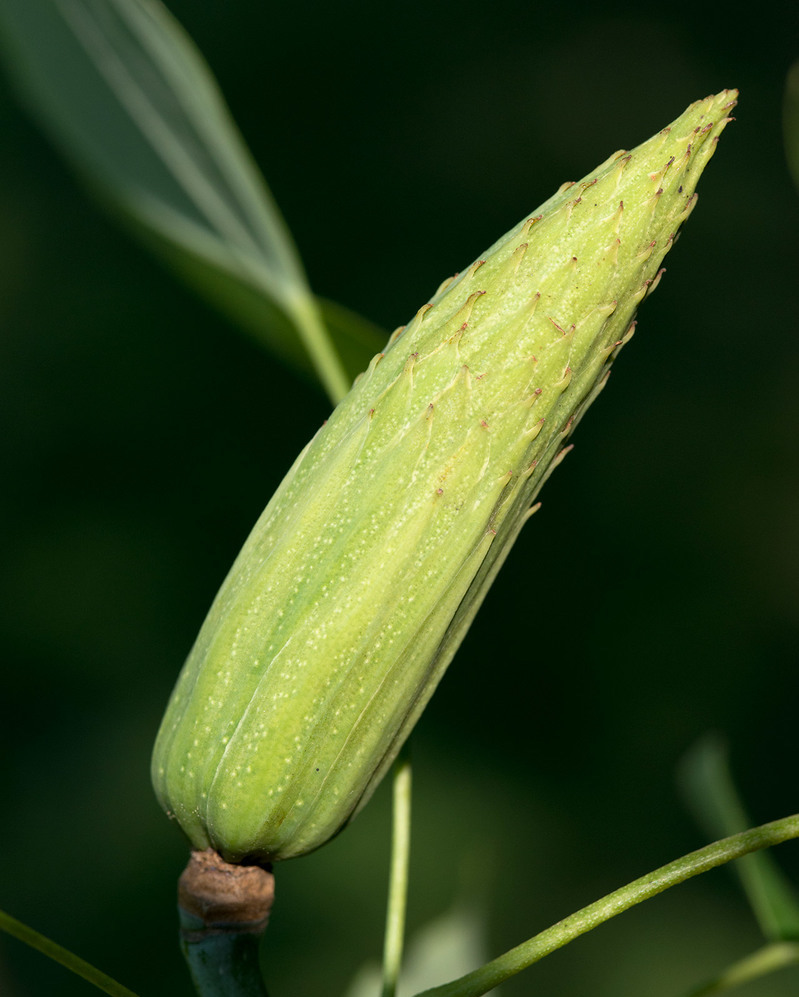
4
Katsura Tree
Cercidiphyllum japonicum
JAPAN –
PROF. W.S. CLARK, SAPPORO AGRICULTURAL COLLEGE (NOW HOKKAIDO UNIV.), JAPAN
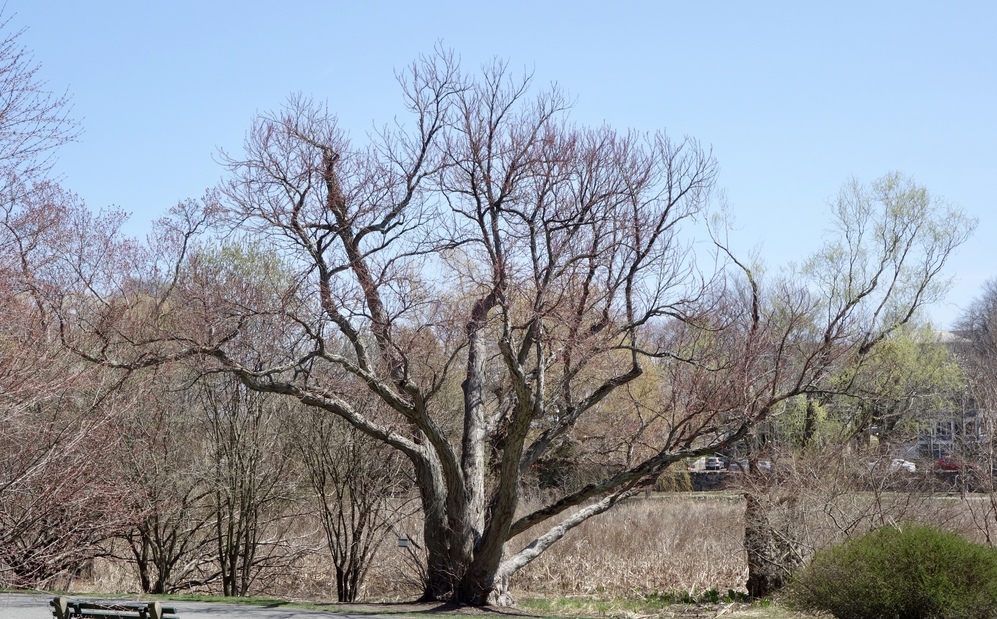
-
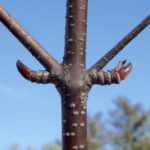
Dormant buds.
Native to Japan and China, katsura has distinct male and female trees.
This katsura tree grew from seed collected in Japan in 1877 by William S. Clark, a Massachusetts native who helped found the Sapporo Agricultural College—now Hokkaido University—in Japan. The turn of the 20th century was a time of great scientific and botanic exchange between the temperate regions of East Asia, the United States, and Europe. At this time, the Arboretum began its long tradition of spearheading plant collecting expeditions, sending scientists to China, Japan, and Korea in search of seed.
The Arboretum’s most celebrated plant collector from the early 20th century is Ernest Wilson. Between 1899 and 1922, Wilson spent years on expeditions to countries worldwide, collecting plant material and herbarium vouchers and taking photographs with a large camera. He is responsible for introducing an estimated 2,000 species into Western cultivation.
At the Arboretum, he eventually served as “Keeper,” a title acknowledging his prolific contributions to the plant sciences and profound impact on the Arboretum’s collections.
In 1910, Wilson led an expedition to China. Deep in Sichuan Province, he came upon a katsura with a diameter of 17.5 feet—a massive specimen, and the first Wilson had ever seen with fruit. He memorialized the discovery with a photo, posing his fellow plant collectors in front of the tree for scale.
Over a century later, Arboretum staff recreated the scene at the very same tree. Plant collectors from the Arboretum and several other institutions went to China as part of the North America–China Plant Exploration Consortium—called NACPEC—a joint initiative between botanical institutions across continents to increase biodiversity and conservation of plants. In the intervening years, the tree had flourished as a forest grew in around it, growing 40 feet taller.
Arboretum Keeper of the Living Collections Michael Dosmann and Head of Horticulture Andrew Gapinski posed with Kang Wang of the Beijing Botanical Garden to recreate the photo.
Click here to read a transcript of the audio recording below.
Want to dig deeper?
Explore the Katsura Tree Plant Bio
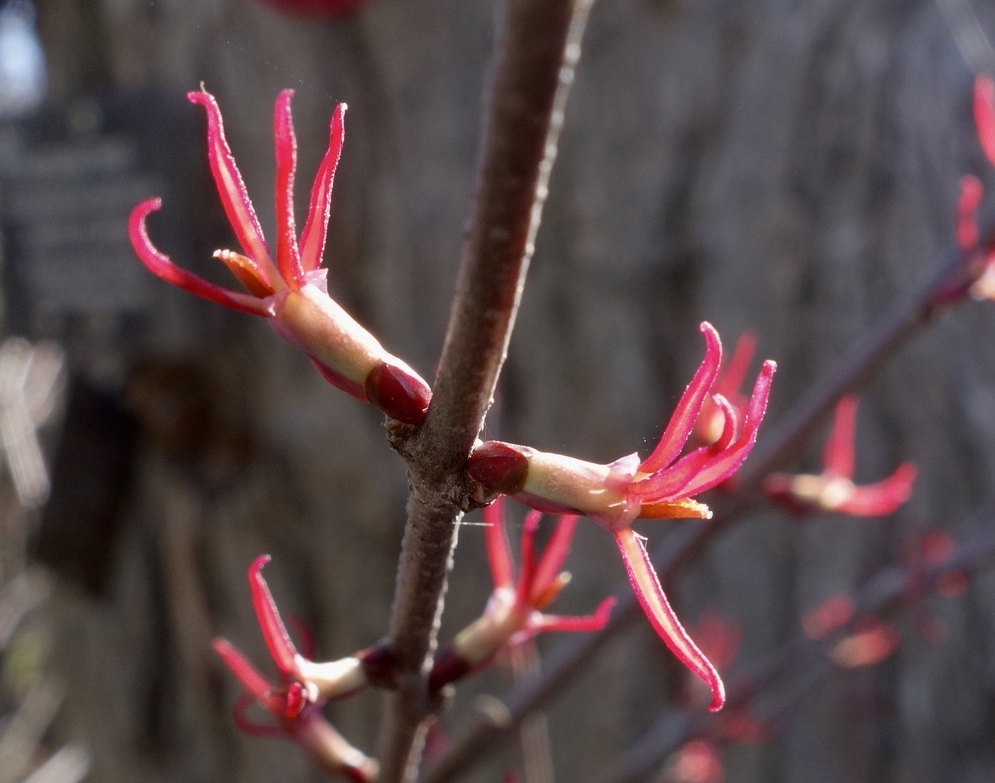
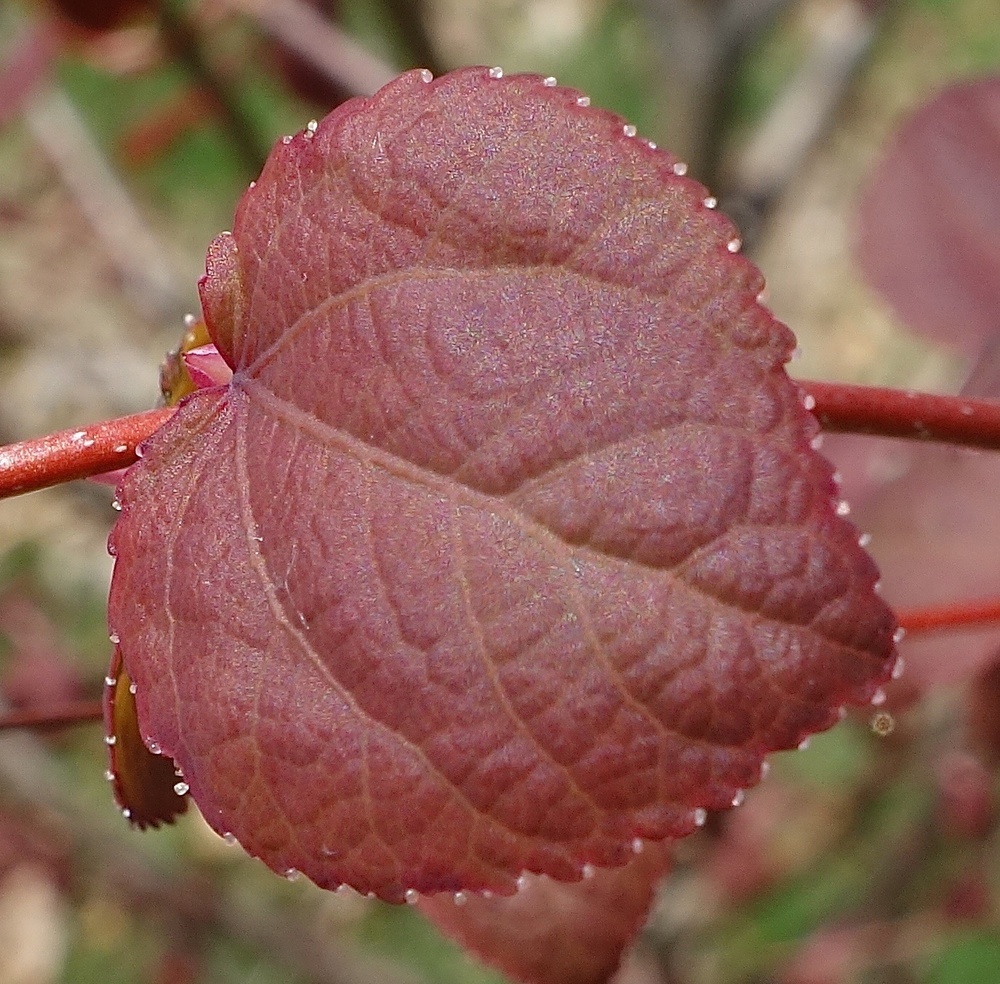
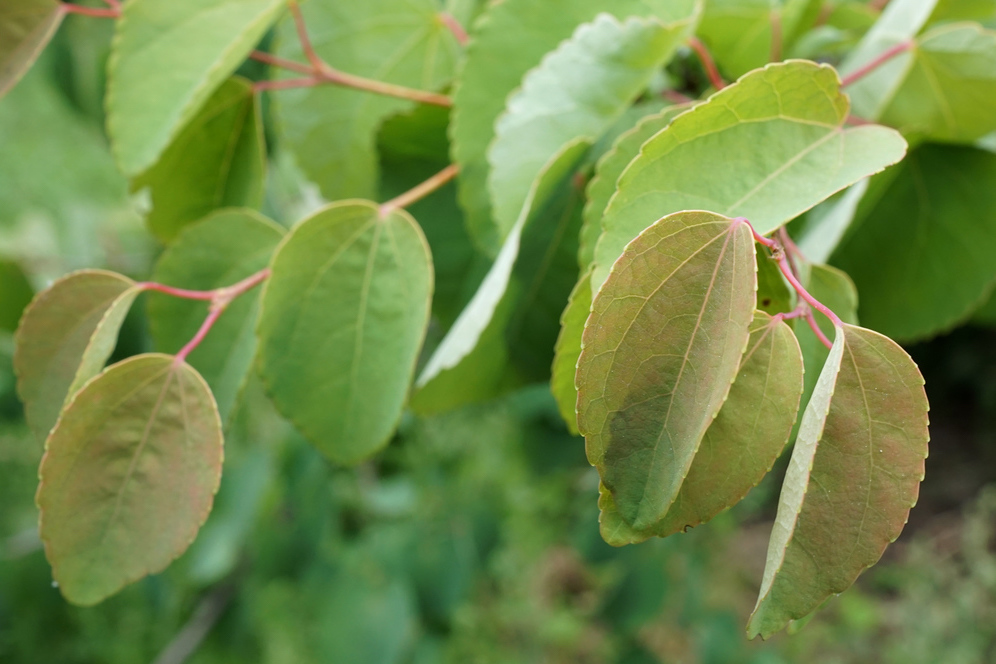
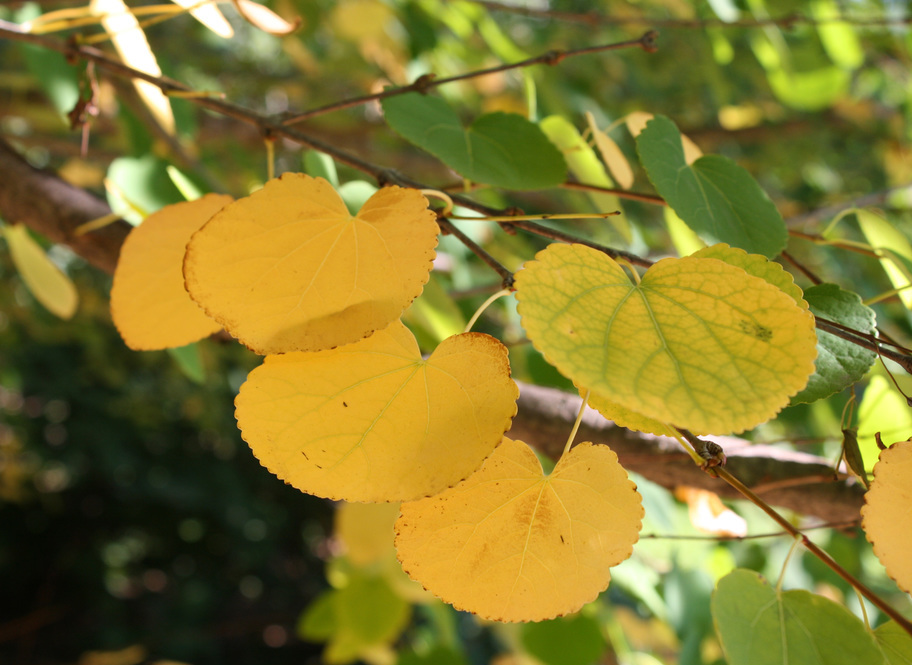
5
Silver Maple
Acer saccharinum
UNITED STATES –
B. M. WATSON, PLYMOUTH, MASSACHUSETTS, U.S.A.
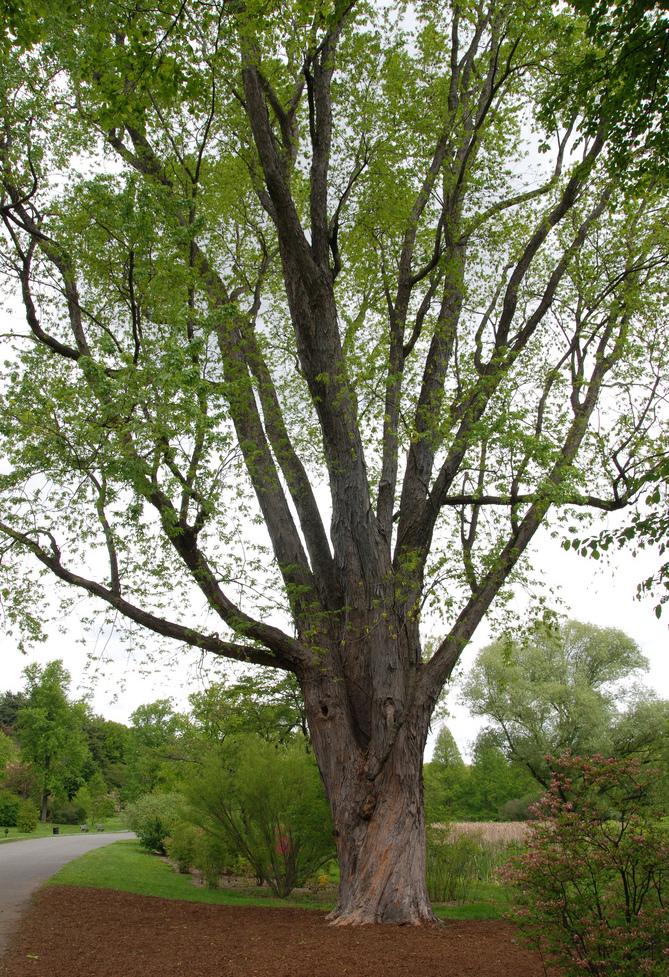
-
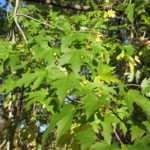
Five-lobed leaves. -
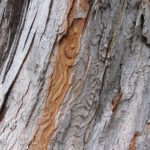
Flaking silver bark.
This silver maple was the tallest tree in the Arboretum for decades, until recent storms brought down its largest branches.
The area on either side of this silver maple is called the Azalea Border. It’s a stretch of planting beds highlighting members of the heath family—shrubs that appreciate damp soil—punctuated by large katsura trees, cork trees, and this silver maple.
The Azalea Border was originally designed by Beatrix Farrand, whose remarkable career began at the Arboretum. Farrand was born the year the Arboretum was founded—1872. Early on, she cultivated an interest in horticulture, and began a lifetime of independent study with the Arboretum’s founding director Charles Sprague Sargent. Through Sargent’s support, Farrand developed expertise in landscape design at a time when few women were allowed to become experts. Her lengthy career included design projects at the United States National Cathedral and Yale University, and she was one of the founding members (and the only woman) of the American Society of Landscape Architects.
In 1946, Farrand was appointed as Consultant Landscape Gardener at the Arboretum. Within two months, she had recommendations for a multi-phase project schedule for remodeling the planting beds throughout the landscape. Farrand’s proposals included analyses of soil depletion, visitor patterns, and the effects of the 1938 hurricane.
Her plans included the creation of the Azalea Border. Farrand’s design grouped related plants of the heath family, from low shrubs which prefer wet ground to rhododendrons and blueberries. Farrand worked to maintain Sargent’s original vision, carefully balancing a structured progression of related plants with the overall aesthetics of the vistas.
In 2007, portions of the Azalea Border were remodeled to incorporate new species and more wild-collected species, increasing genetic biodiversity, but adhering to Farrand’s design vision.
Click here to read a transcript of the audio recording below.
Hear Head of the Library and Archives Lisa Pearson talk about influential women in the Arboretum’s history.
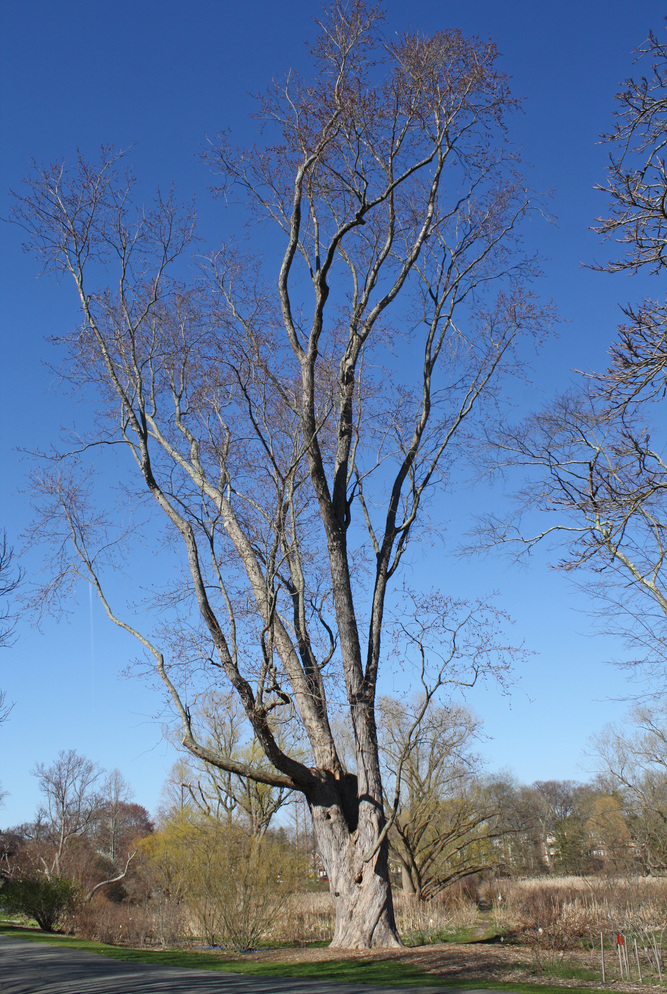
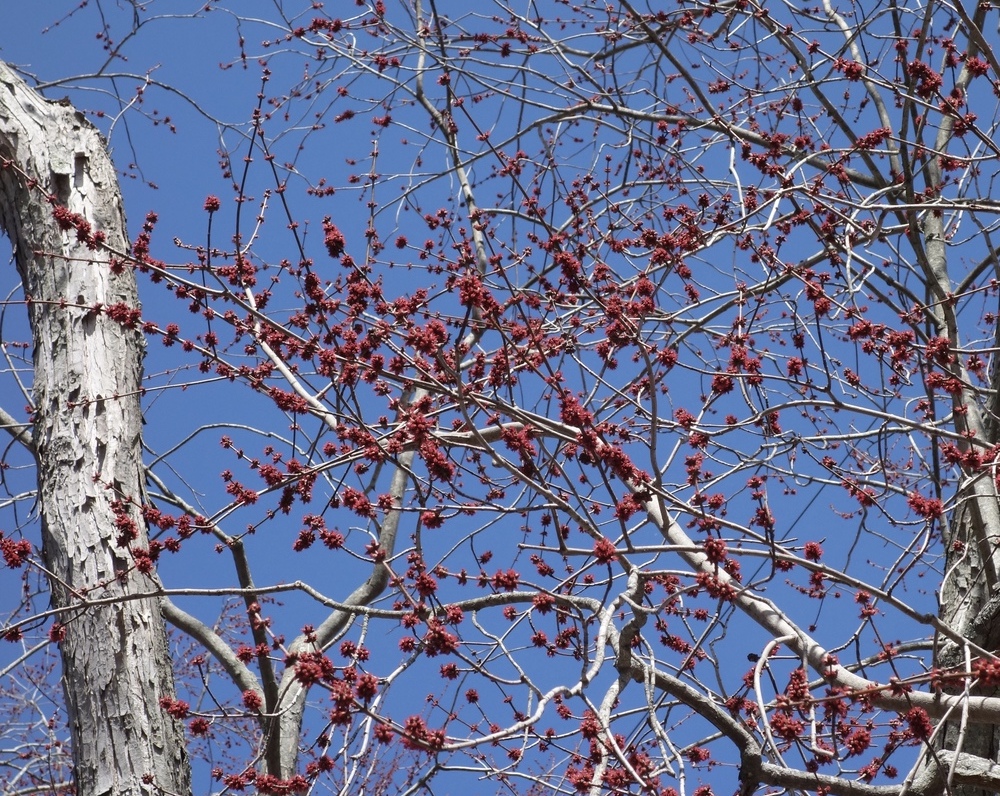
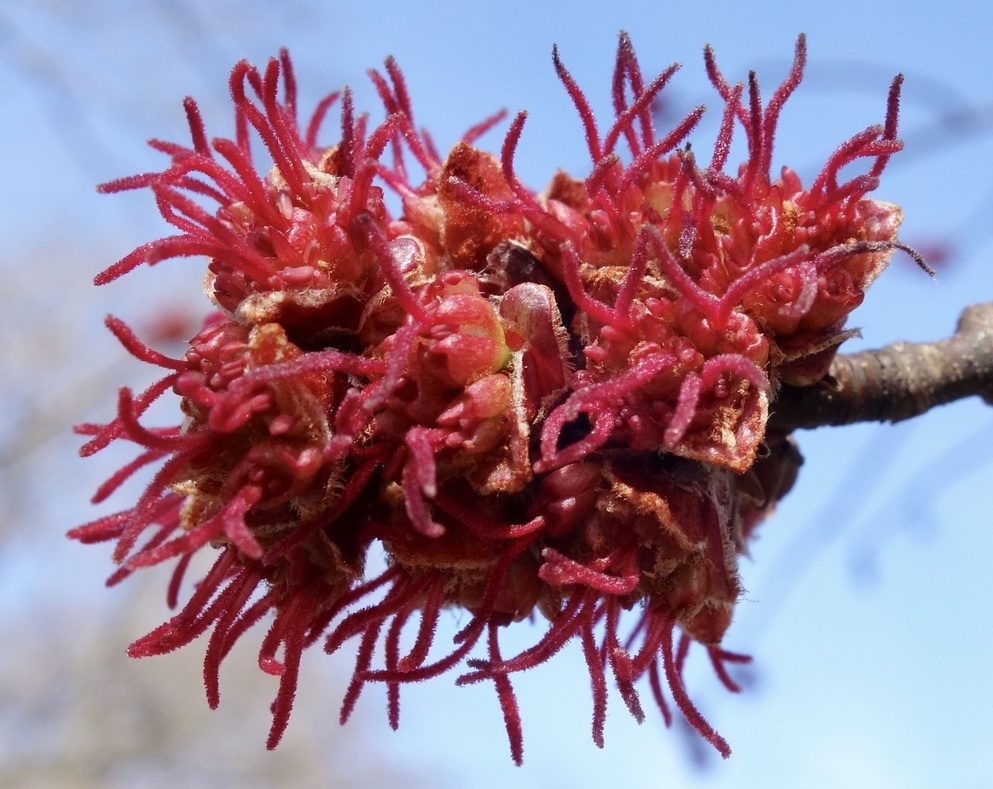
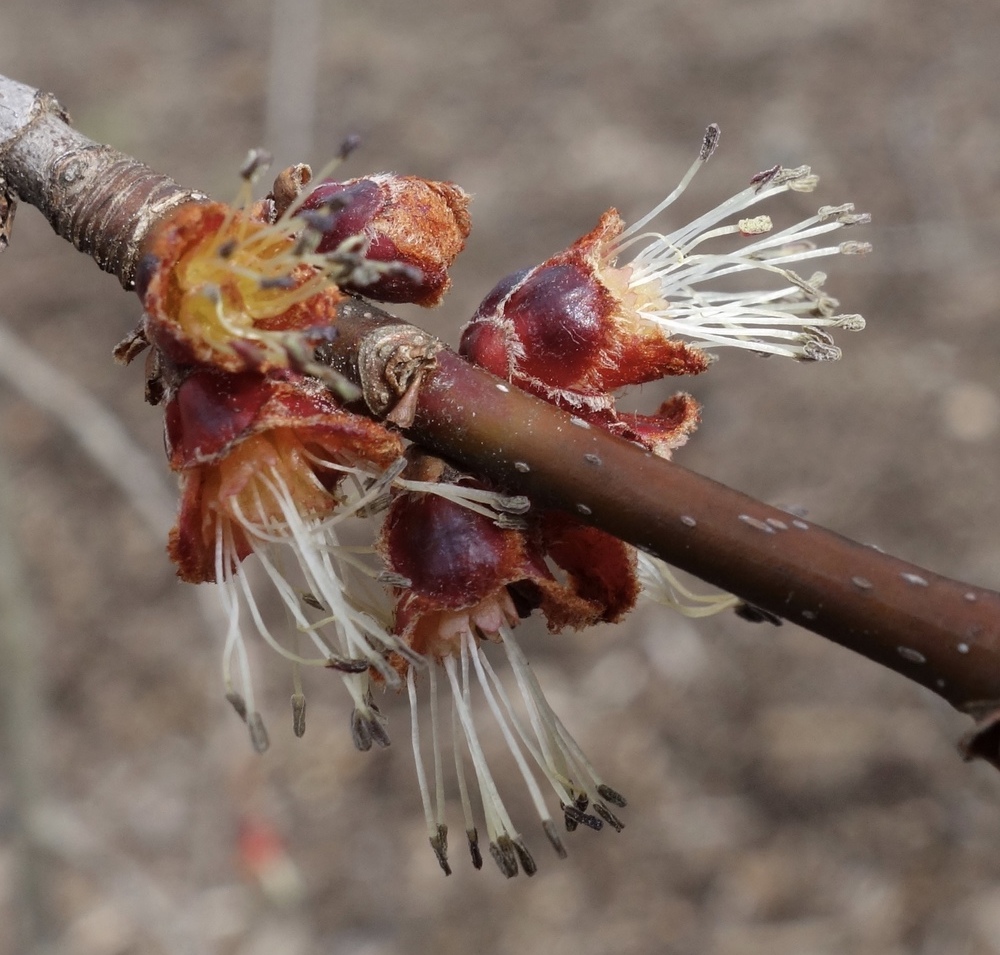
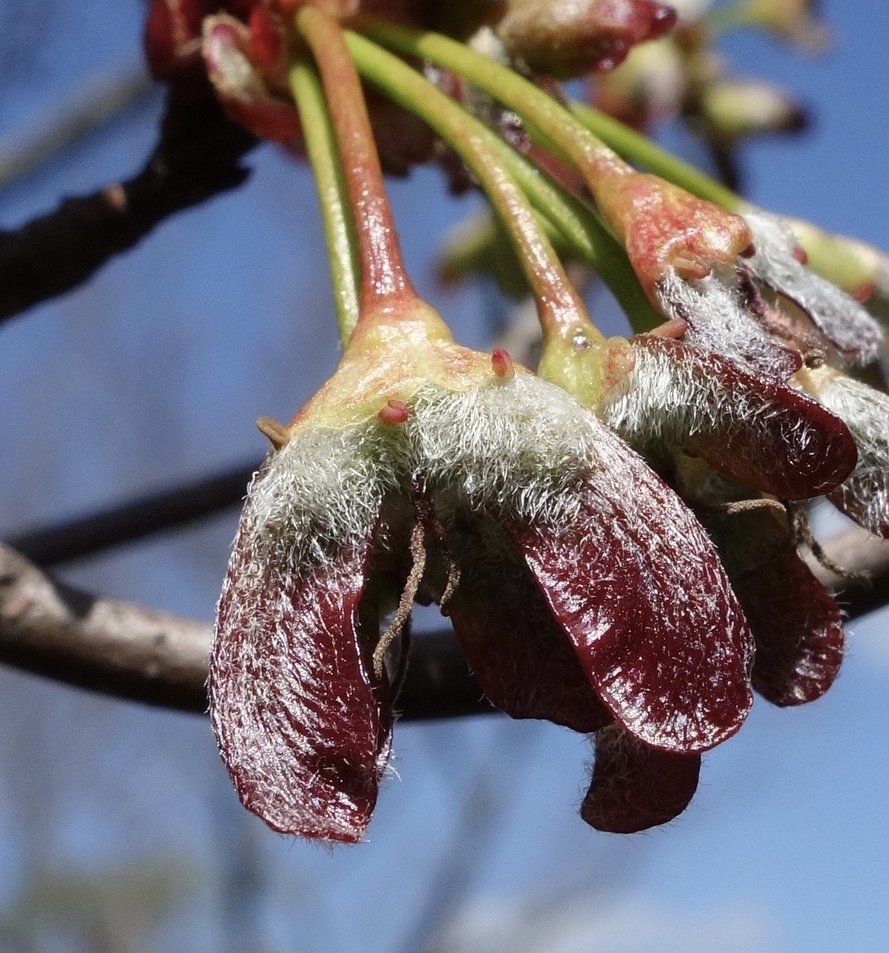
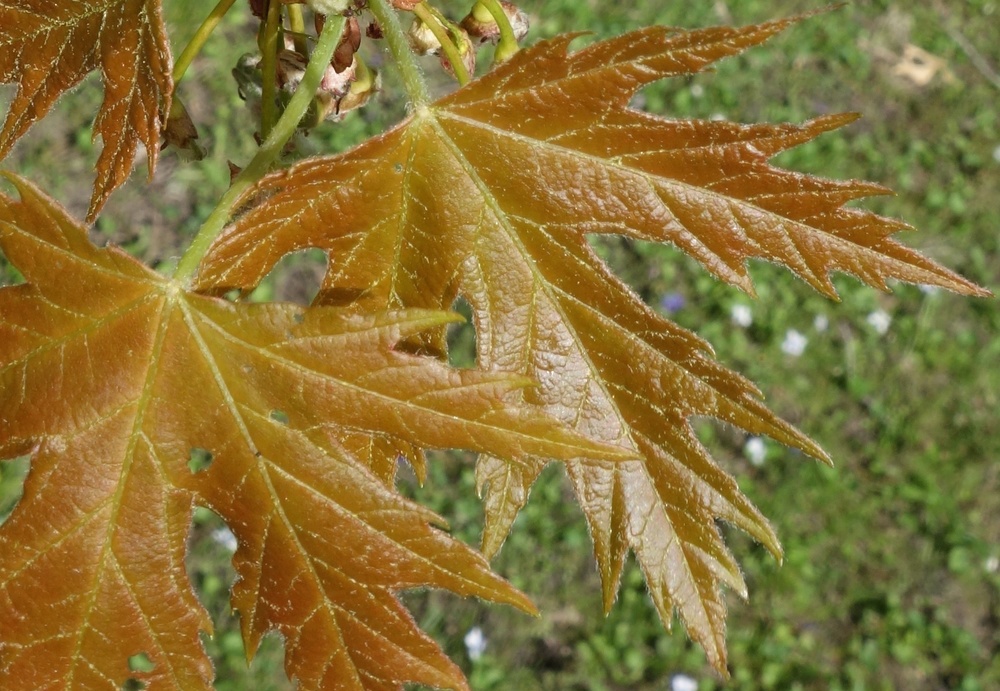
6
Amur Cork Tree
Phellodendron amurense
JAPAN –
J. G. JACK, ARNOLD ARB.
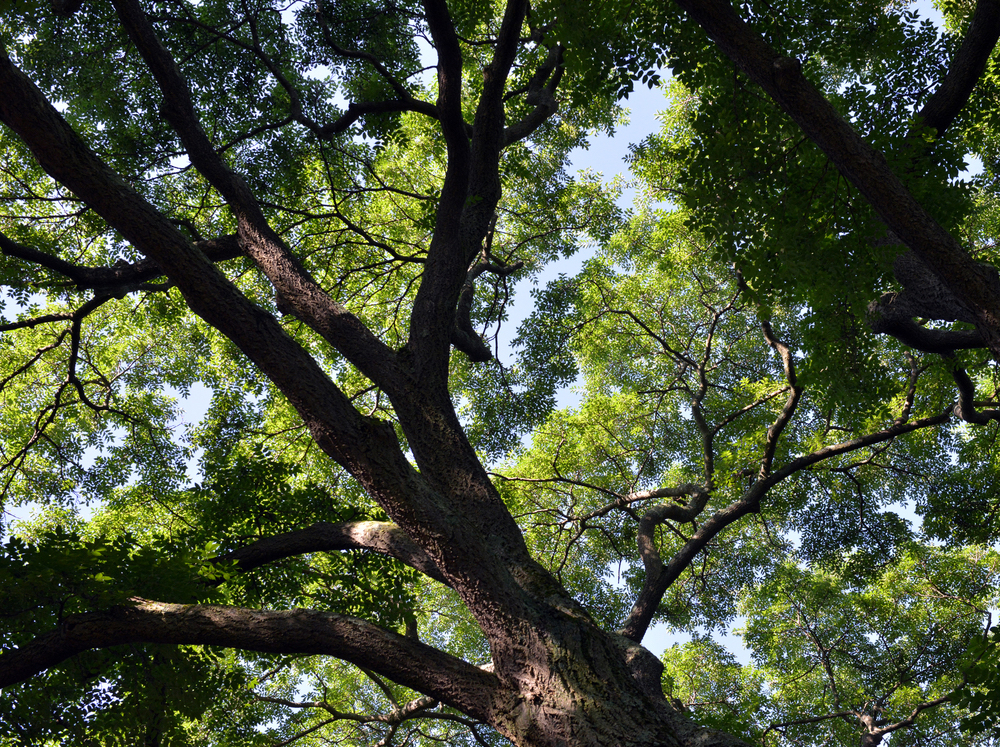
-
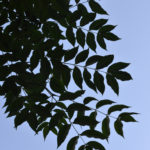
Compound leaves. -
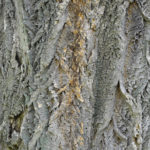
Bark with deep furrows and prominent ridges.
The seed of this tree were collected in Japan by John Jack, the Arboretum’s first public educator.
John Jack came to the Arboretum in 1886 when he was twenty-five years old. He asked Arboretum founding director Charles Sprague Sargent for a job, hoping, as he later put it, to “get further knowledge of trees and at the same time earn a little money for incidental expenses.”
Sargent hired him to work on the grounds. Within five years, Jack was acting as curatorial assistant, and launching the Arboretum’s first roster of educational programming.
Over the next several decades, Jack led hundreds of students around the Arboretum. Visitors of all ages came to learn from his biweekly “field study” classes. A Boston Globe article from 1903 described the lively classes as “a party of 40 or 50 men and women examining the leaves and buds of the trees.”
Jack also worked extensively with university students from Harvard and the Massachusetts Institute of Technology, and visiting botany students from East Asia. In 1905, when Jack embarked on a six-month trip to Japan, Korea, and China, he visited with students he’d known when they studied at Harvard. Jack returned to the Arboretum with lots of seeds, including those of the cork tree before you.
Education is still a cornerstone of the Arboretum’s mission. From storywalks for children to propagation workshops for avid gardeners, the Arboretum offers programming for all learners.
Click here to read a transcript of the audio recording below.
Pam Thompson, the Arboretum’s former Manager of Adult Education, reflects on an over 25-year career in public programming.
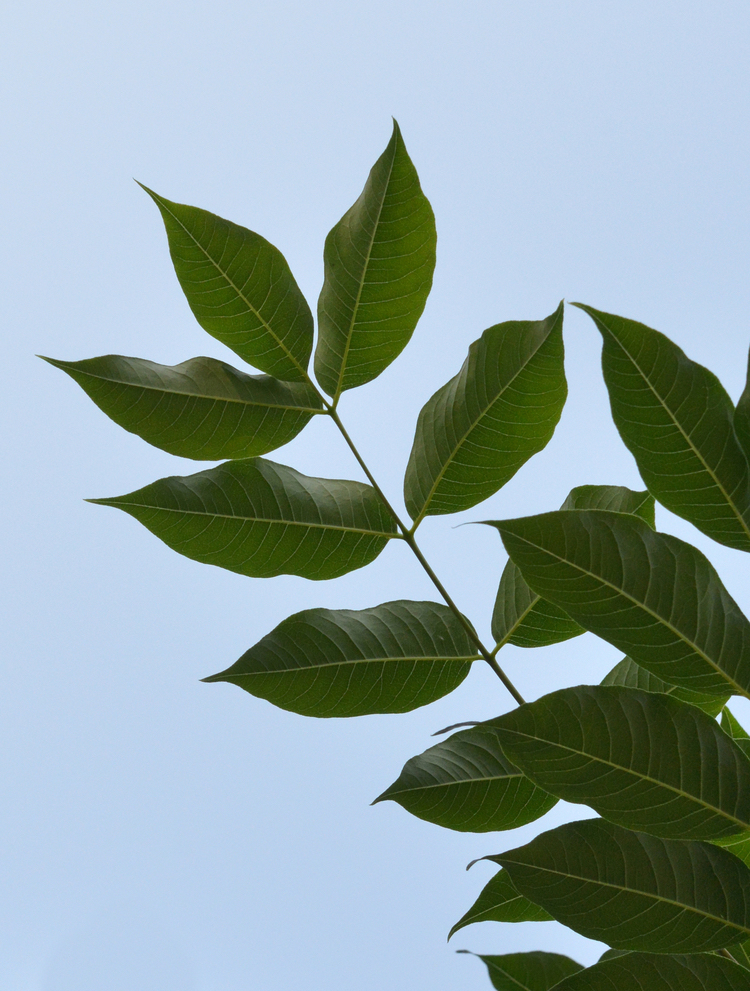
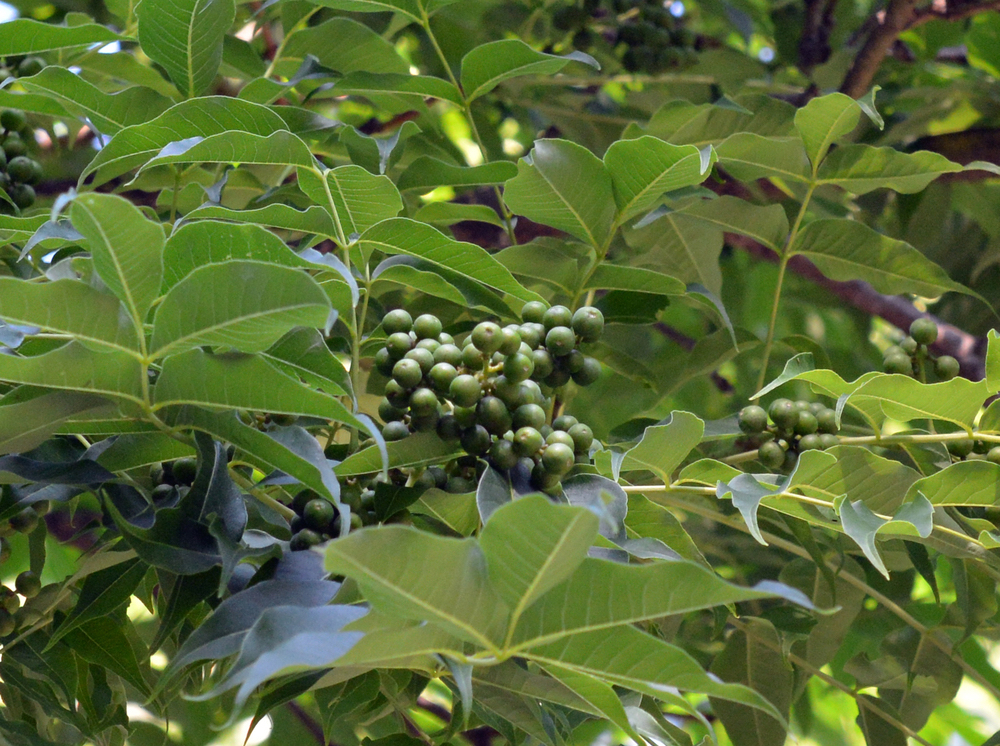
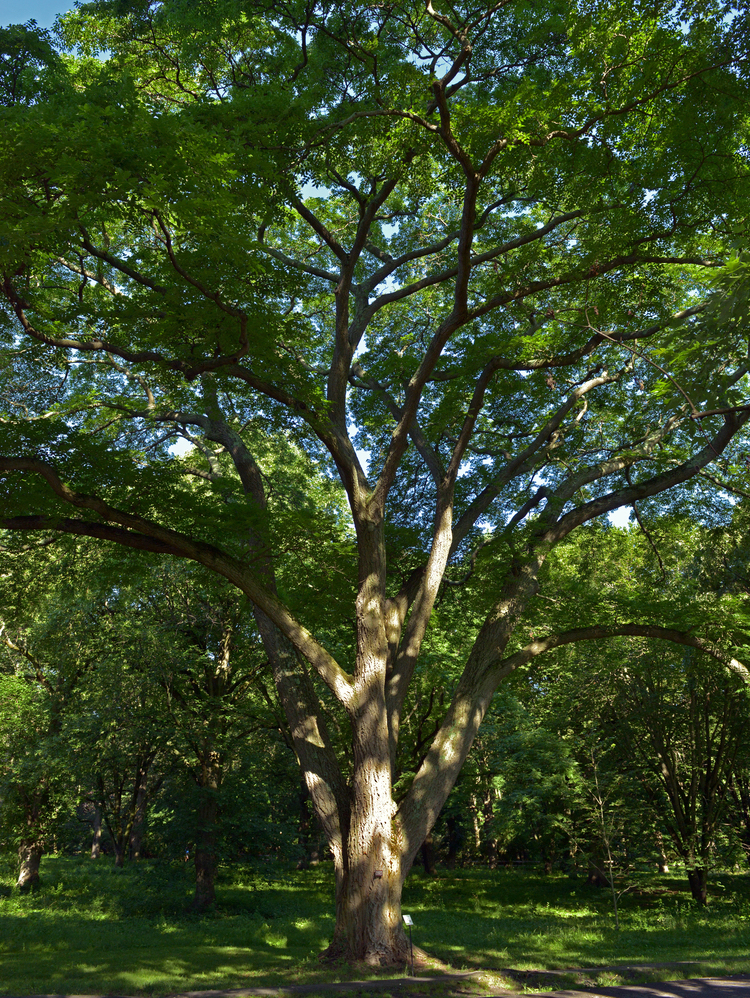
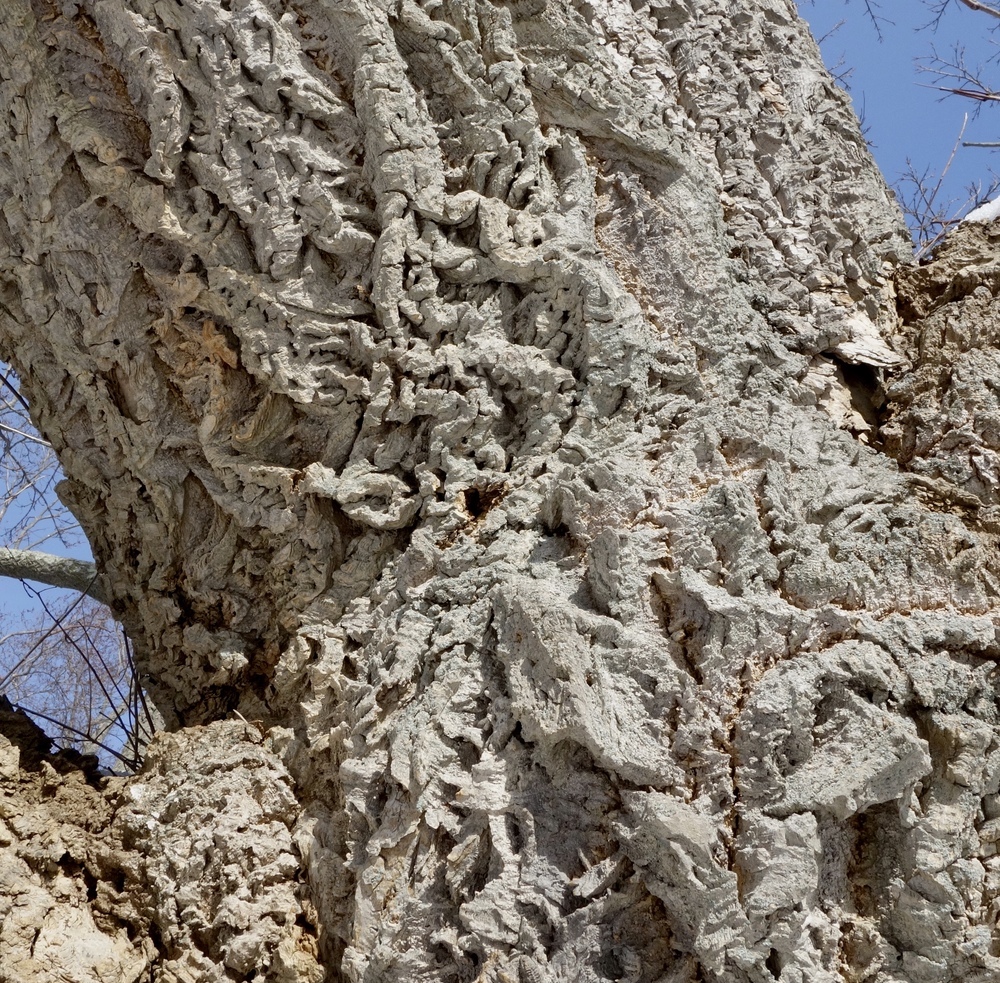
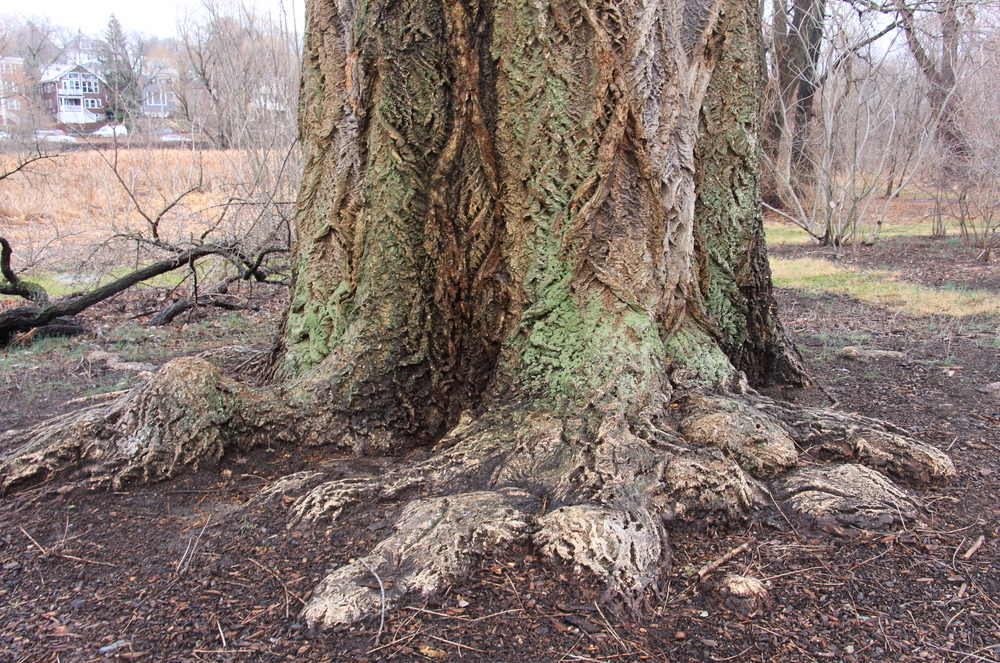
7
Tree of Heaven
Ailanthus altissima forma erythrocarpa
UNITED STATES –
DEL TREDICI, P., ARNOLD ARB.

-
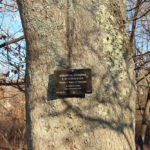
Mature trunk with a display label. -
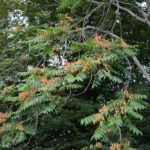
Tree crown with maturing fruit.
This tree of heaven was collected eight miles away from the Arboretum, at the intersection of Interstate 95 and the Massachusetts Turnpike.
The so-called “tree of heaven” was introduced to the United States from China in 1784. It was quickly adopted as an ornamental tree that survived well in difficult conditions, and was planted widely across the northeast.
Arboretum founding director Charles Sprague Sargent wrote that tree of heaven was notable “for hardiness and rapidity of growth, for the power to adapt to the dirt and smoke, the dust and drought of cities, for the ability to thrive in the poorest soil, for beauty and for usefulness.”
By the middle of the 19th century, however, opinions had started to turn. The tree’s aggressive growth across North America caused concern. The tree’s ability to resprout from stumps and roots meant it could survive in difficult conditions, and its multitude of winged seeds meant many new trees every year.
Today, tree of heaven grows in the alleyways and pavement cracks of major cities from Canada to Argentina. It served as a central metaphor in Betty Smith’s 1943 novel A Tree Grows in Brooklyn, where she wrote, “No matter where its seed falls, it makes a tree which struggles to reach the sky.”
In 1980, Arboretum staff spotted a tree of heaven with unusually red fruit at the intersection of the Massachusetts Turnpike and Interstate 95, eight miles from this spot. Arboretum scientist Peter Del Tredici, then assistant plant propagator, collected root cuttings from the tree and sprouted them in the greenhouses. In accordance with the Arboretum’s layout of families of related trees, the tree was planted here on Meadow Road.
Within the Arboretum’s diligently-managed landscape, the tree poses little threat. It serves the Arboretum’s mission of showcasing woody plants that survive in this climate, and as a starting point for conversations about invasive species.
Click here to read a transcript of the audio recording below.
Arboretum scientist Peter Del Tredici collected the seed for this tree just eight miles away from the Arboretum. He tells the story below.
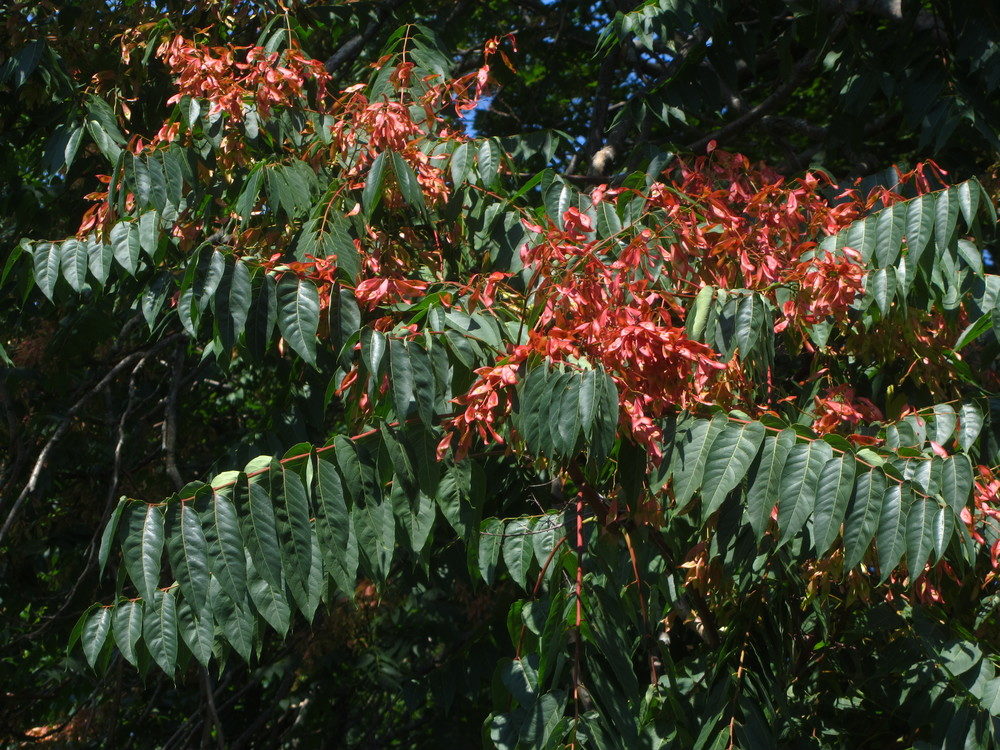
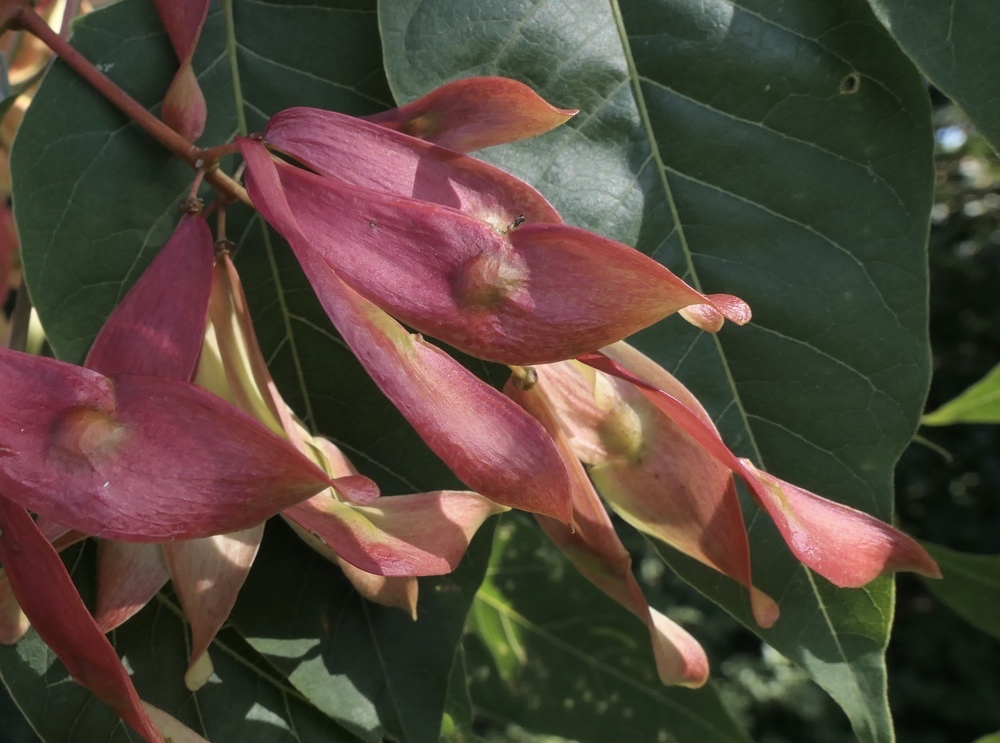
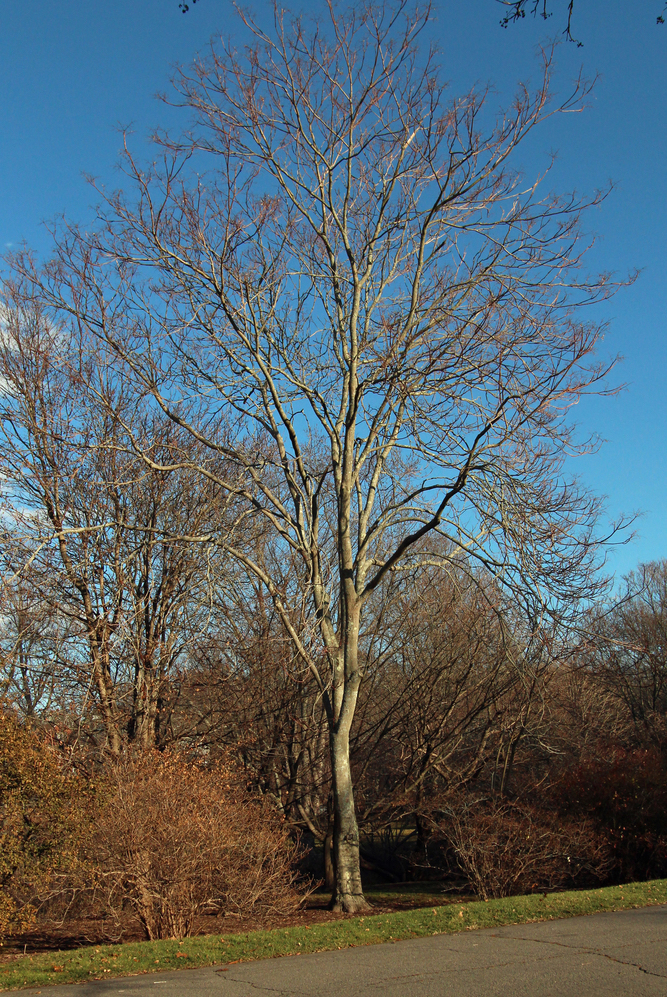
8
Japanese Maple
Acer palmatum ‘Burgundy Lace’
JOHN VERMEULEN & SON, NEW JERSEY, U.S.A.
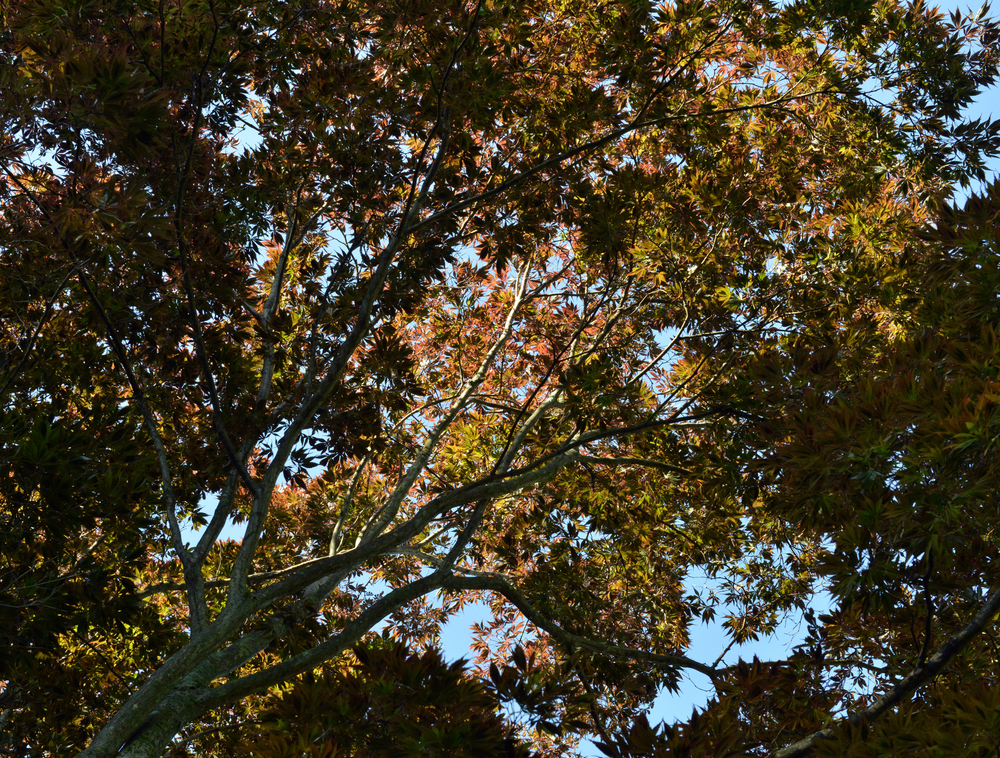
-
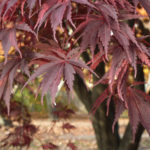
Delicate leaves. -
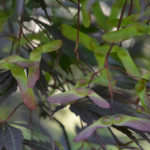
Immature fruits (samaras).
This Japanese maple, brought to the Arboretum in 1958, stands in the heart of the Arboretum’s world-renowned maple collection, a key component of Frederick Law Olmsted’s carefully-designed landscape.
When Charles Sprague Sargent was appointed the first director of the Arboretum in 1873, he had a daunting task ahead of him. It was his responsibility to design and lay out over 100 acres of trees, shrubs, and vines.
He partnered with Frederick Law Olmsted, a prominent landscape architect, known today for designing Central Park and much of Boston’s Emerald Necklace of public parks.
Sargent wrote that he considered working with the renowned landscape architect “the greatest piece of good fortune that could possibly happen to us,” saying that “There is no one in whom I have so much confidence as in Olmsted.” Olmsted laid out the Arboretum’s system of roads.
Sargent then worked to create a naturalistic design that grouped related plants together while preserving aspects of the existing landscape. This offered opportunities for comparison for researchers and recreational visitors alike.
The careful planning extended to the archives. Sargent laid the foundation for the rigorous record keeping that has always been a crucial component of the Arboretum’s collecting.
Today, the Arboretum’s maple collection is nationally accredited by the Plant Collections Network, a collaboration between the American Public Gardens Association and the United States Department of Agriculture. Its conservation value has also been recognized by Botanic Gardens Conservation International.
By cultivating and stewarding a near-comprehensive collection of maples, the Arboretum aids worldwide conservation efforts. The collection contains a wide variety of maples—over 65 different species—many of which are rare or endangered in the wild.
Click here to read a transcript of the audio recording below.
Keeper of the Living Collections Michael Dosmann is the head of the Arboretum’s curation department. In the segment below, he explains the challenges—and delights—of stewarding these trees.
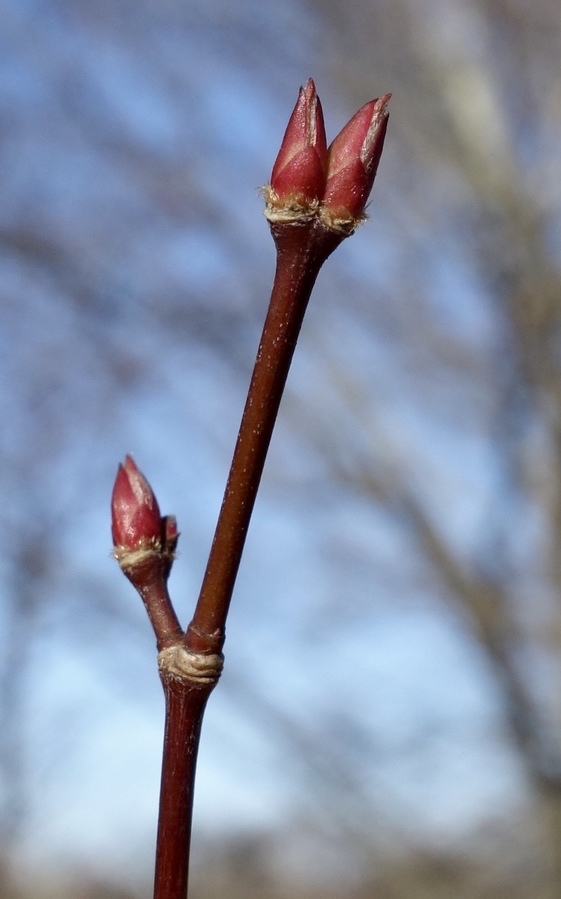
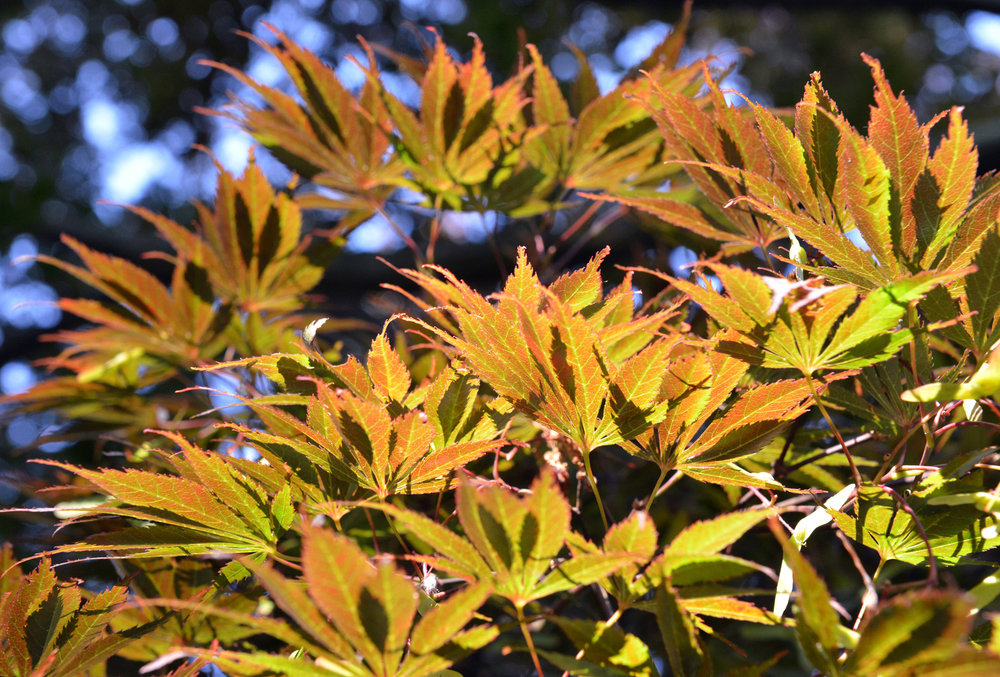
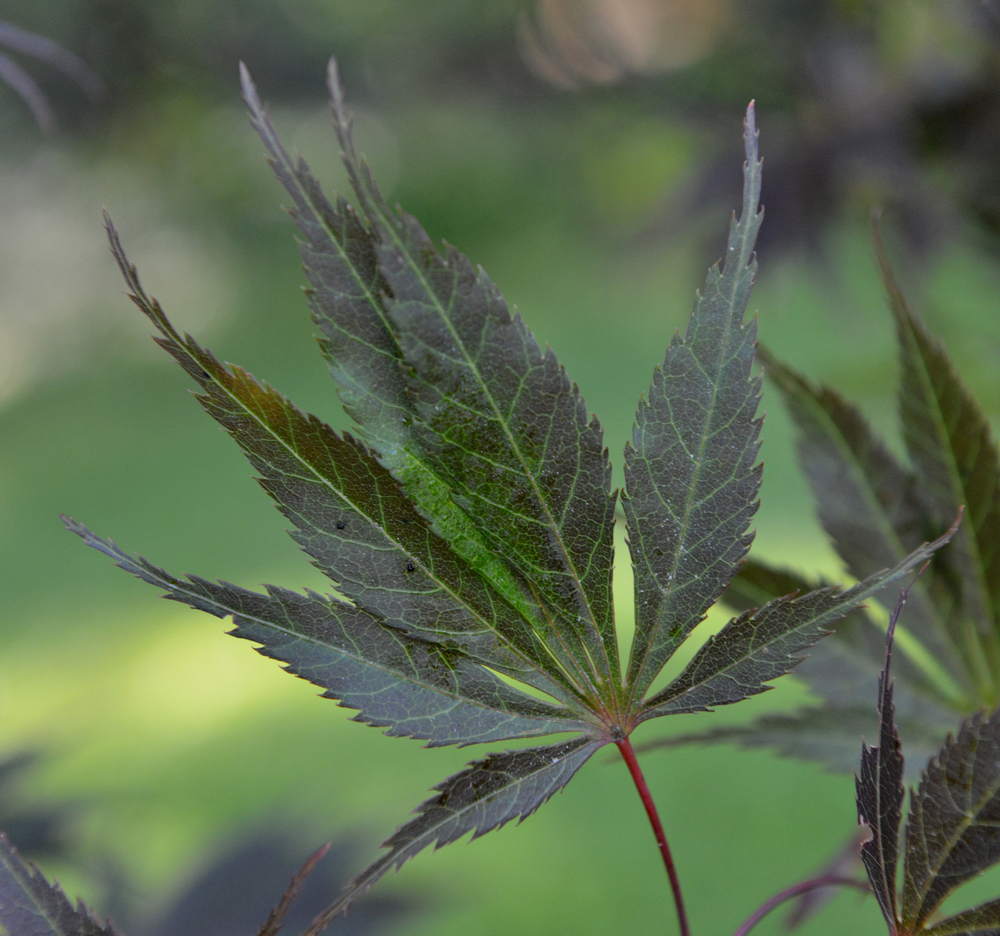
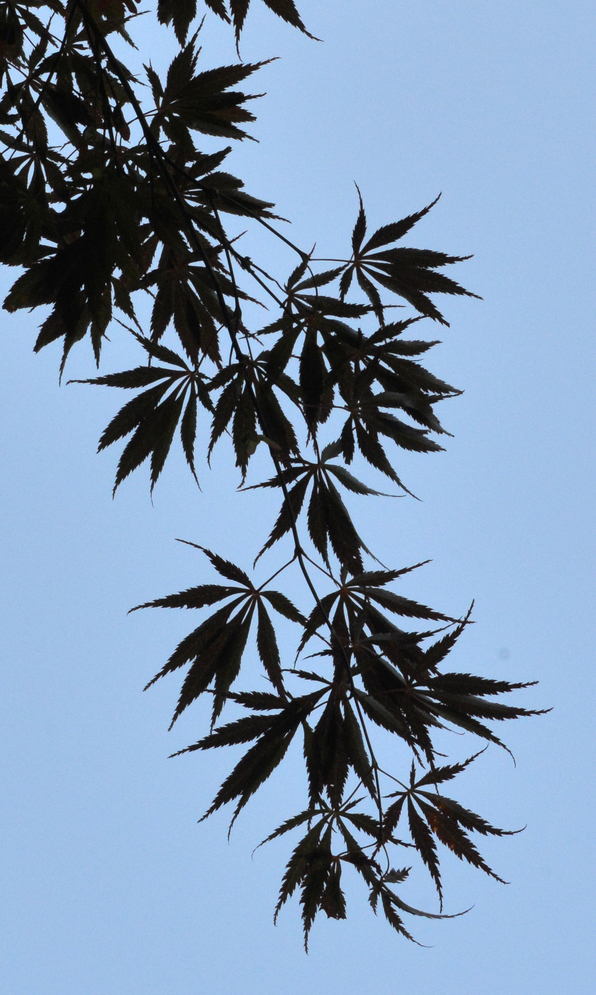
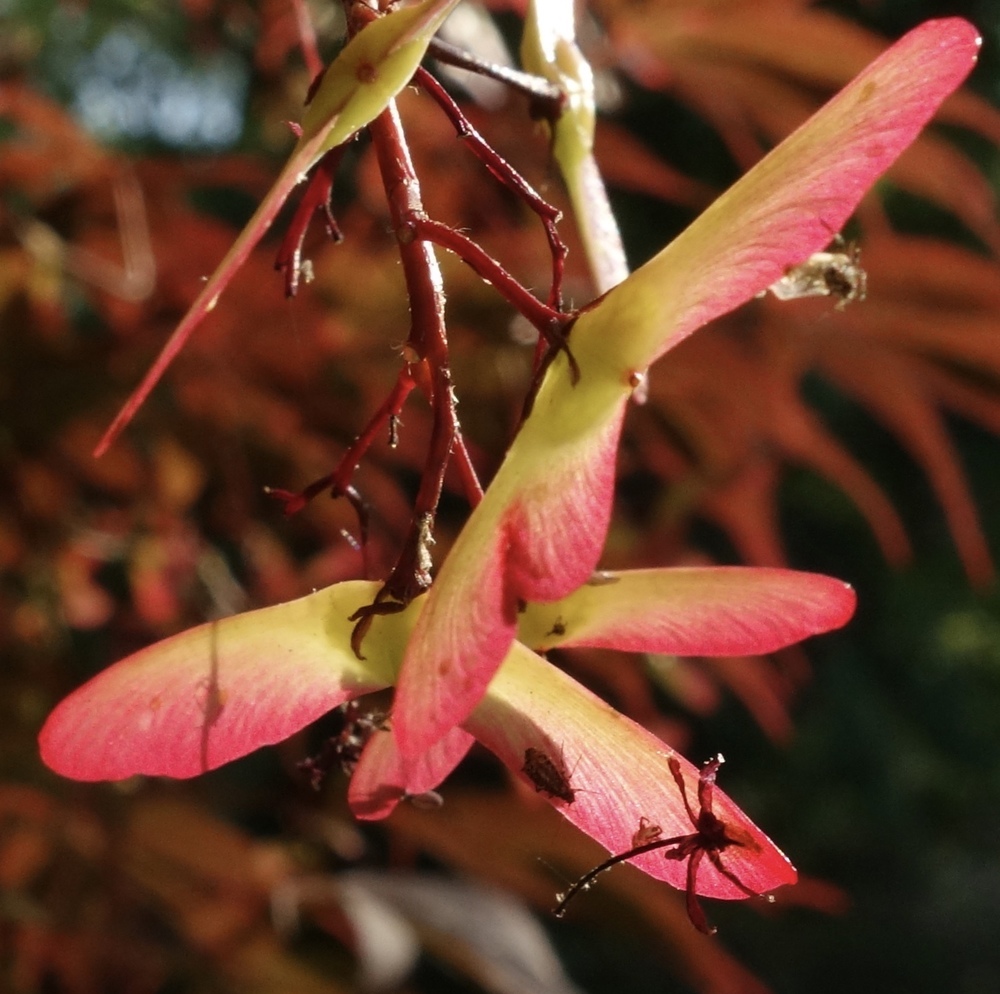
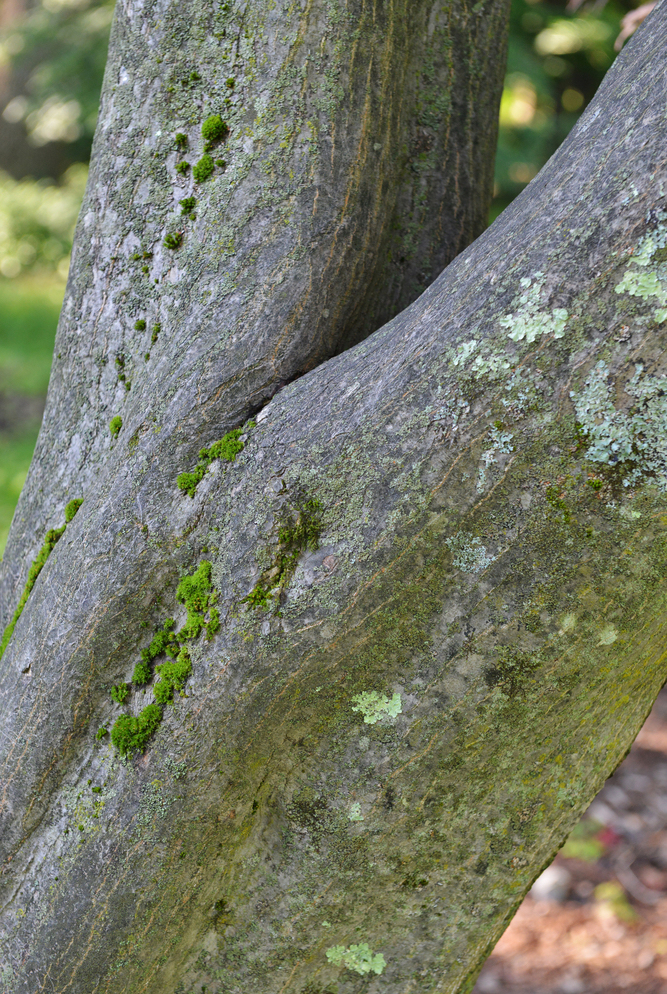
9
Chinese Witch-hazel
Hamamelis mollis
North America-China Plant Exploration Consortium (NACPEC) ’94 WD083
NACPEC HUBEI EXPD. 1994
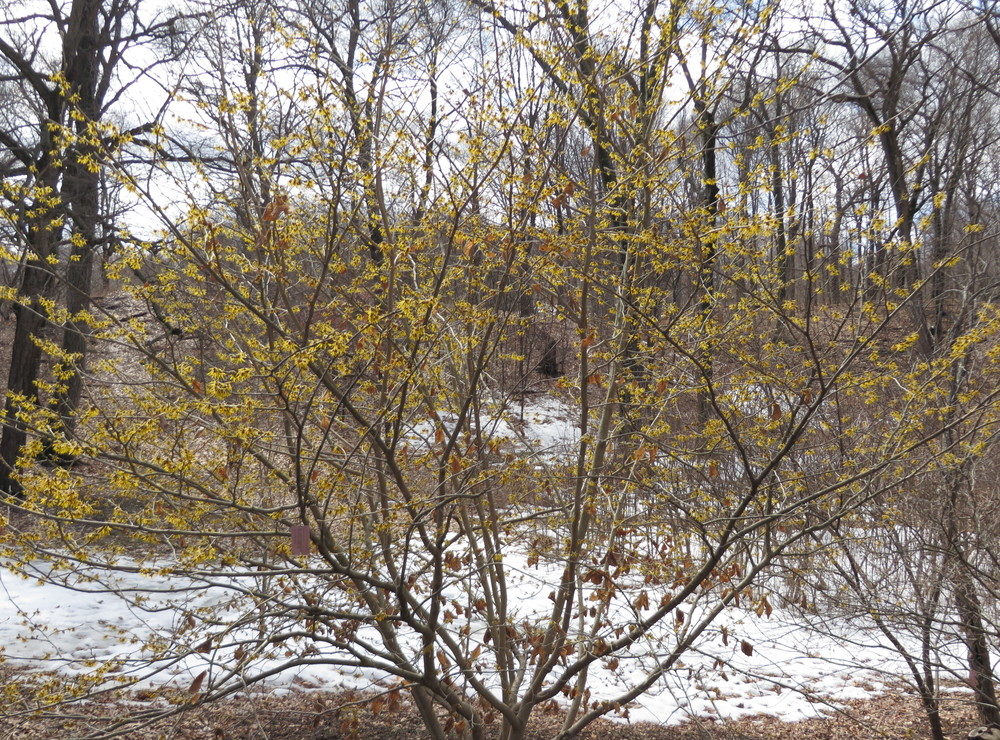
-
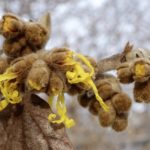
Flower buds begin to open (break) in January and February. -
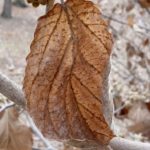
Marcescent leaf. -
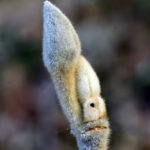
Dormant leaf buds.
This Chinese witch-hazel is a relatively new addition to the Arboretum’s landscape.
It was collected as a seedling in 1994 on a mountainside in China. There are five known species of witch-hazel. Native to both Asia and North America, witch-hazels are commonly associated with medicinal purposes, but at the Arboretum, they’re appreciated for their dramatic flowering.
Witch-hazels bloom at different times—this Chinese witch-hazel blooms February-March, while the so-called “common witch-hazel,” native to New England, blooms October-December—but they always put on a dynamic display. The slightly crinkled petals of the flowers stand out on bare branches, curling and unfurling in response to changes in temperature.
The Arboretum has a large collection of witch-hazels—currently, over 100 specimens stand in the landscape. In 1994, Arboretum scientist Peter Del Tredici travelled to China as part of the North America-China Plant Exploration Consortium plant collecting trip to Hubei Province in central China. Representatives from several North American and Chinese botanical institutions travelled to Wudang Shan, a mountain with exceptional biodiversity, to collect plant material.
Several weeks into their expedition, on a rocky ridge 3,600 feet above sea level, Del Tredici spotted several witch-hazels loaded with seed pods. He and others collected seedlings, processed them, and shipped them to the Arboretum following United States Department of Agriculture guidelines. After growing in the Arboretum greenhouses and nurseries for several years, this witch-hazel was planted here in 2002.
Plants like this witch-hazel are called “wild-collected,” meaning they were obtained from the wild, rather than from a nursery or other cultivated source. When today’s plant collectors are in the field, they take careful notes on the environment and collection locations, information which makes wild-collected specimens especially valuable in research and conservation initiatives.
Click here to read a transcript of the audio recording below.
Arboretum scientist Peter Del Tredici tells the story of collecting this plant in the segment below.
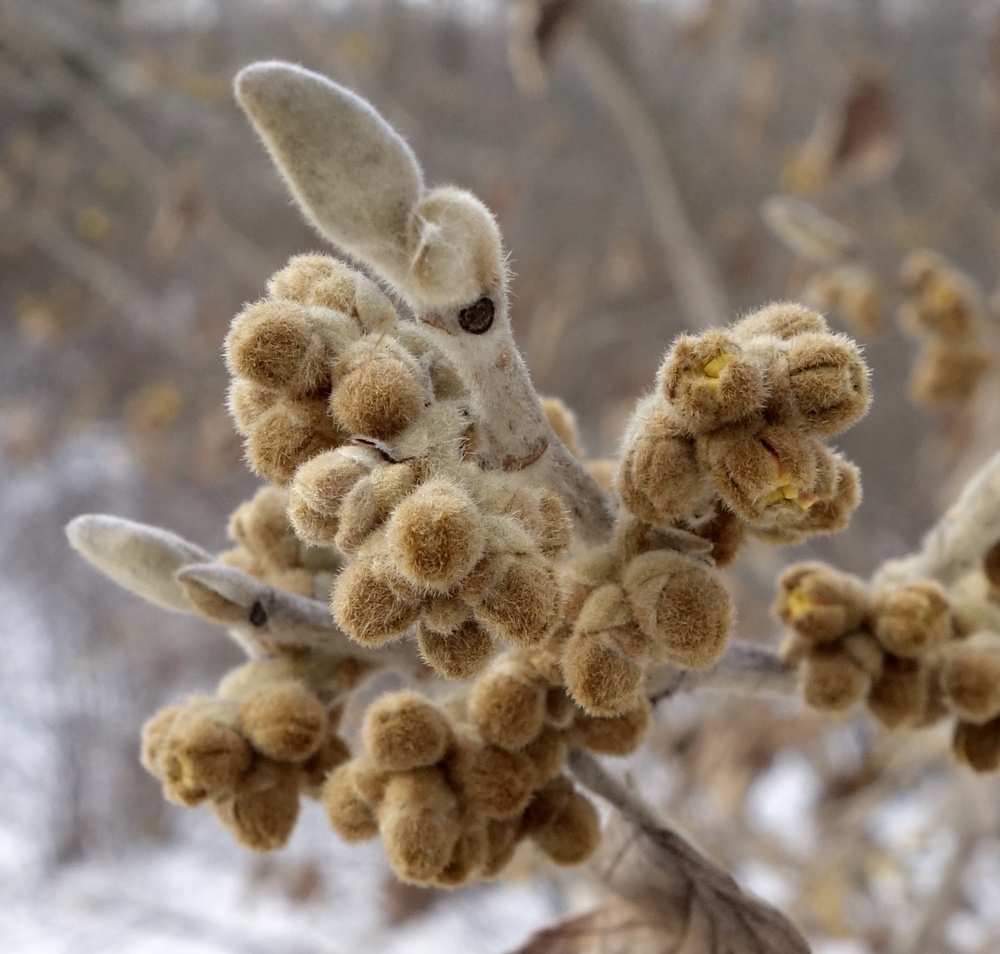
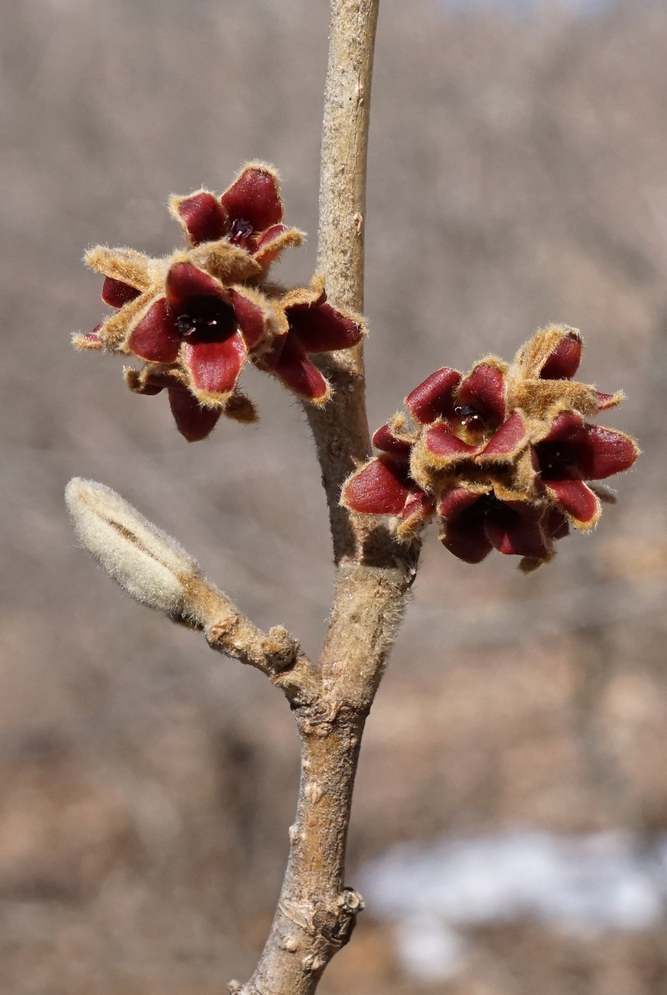
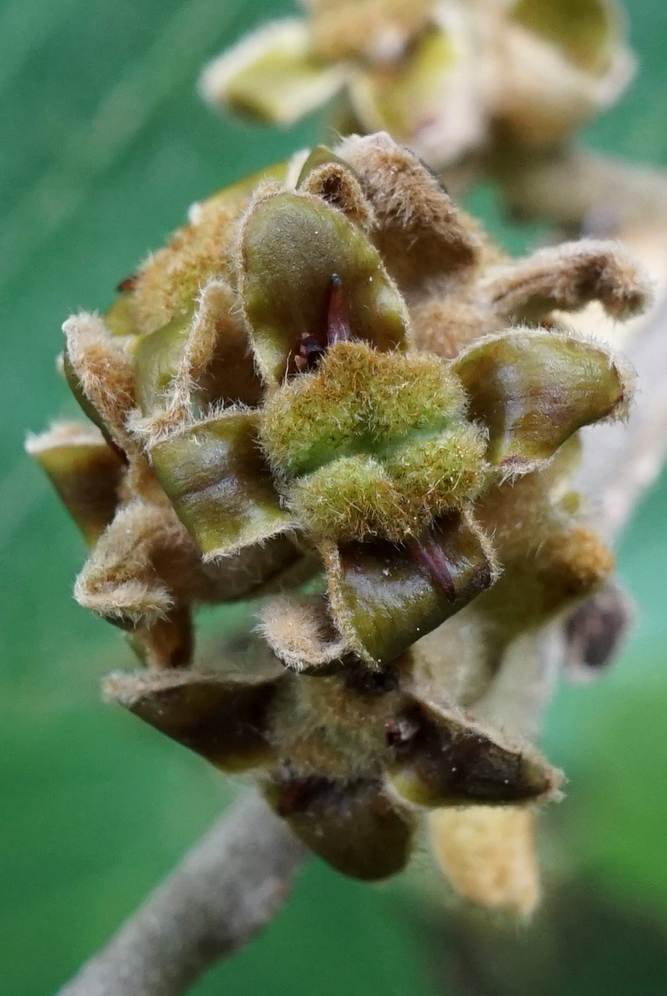
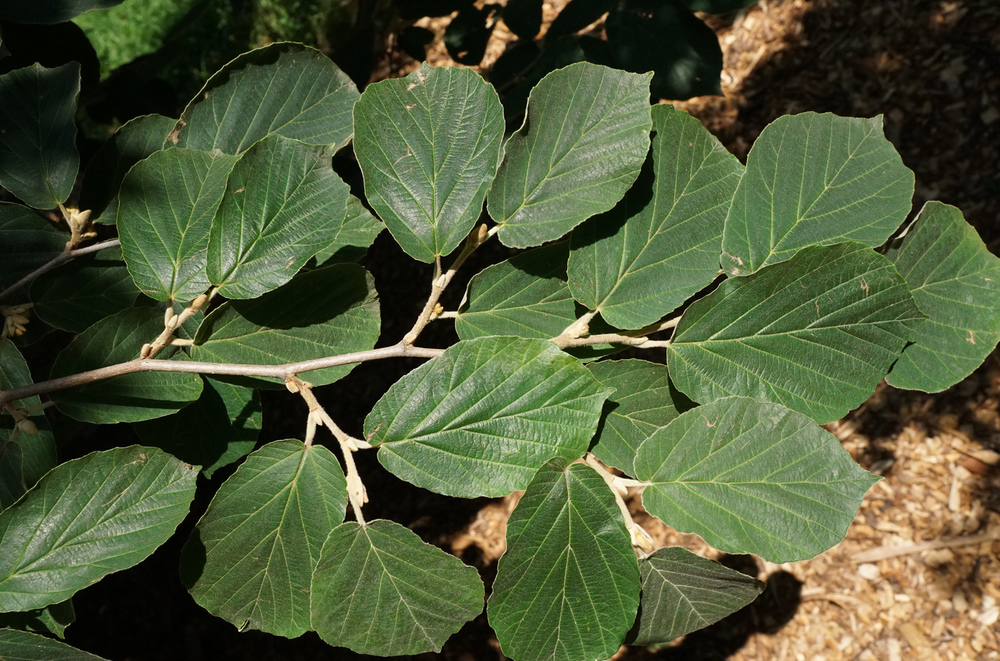
10
Kentucky Coffeetree
Gymnocladus dioicus
UNITED STATES –
CURTISS, A.H., LIBERTY, VIRGINIA, U.S.A.
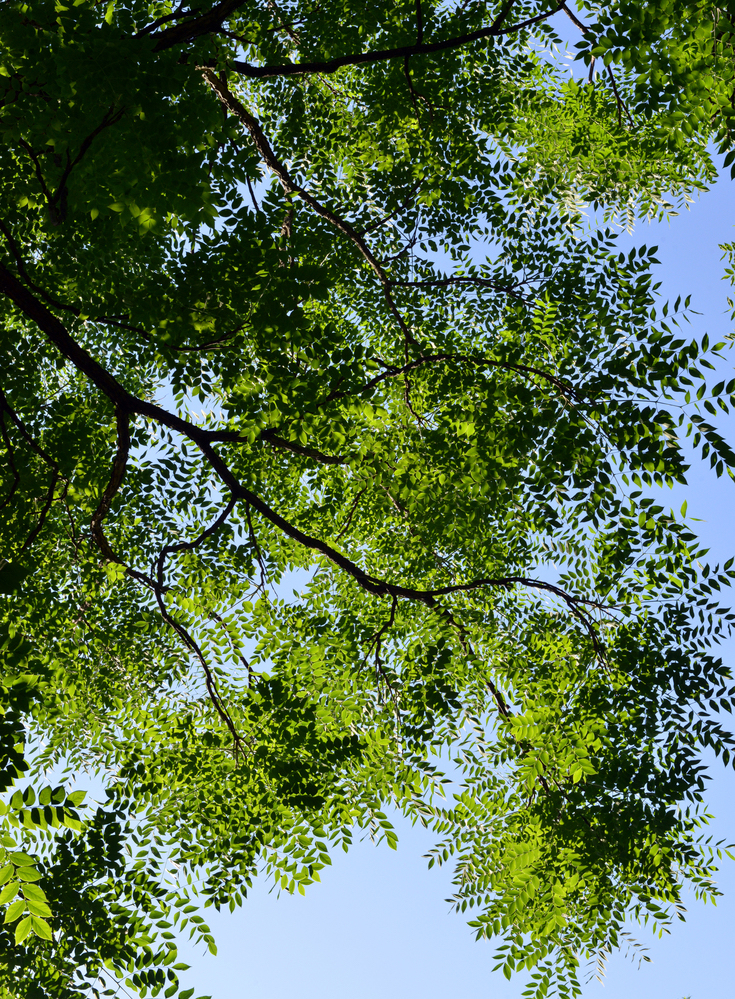
-
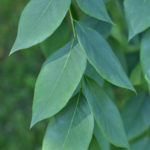
Compound leaves. -
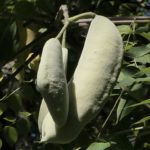
Seedpods.
This Kentucky coffeetree is roughly the same age as the Arboretum.
It arrived as seed in 1873. Native to North America, the coffeetree gets its name from early European colonists, who ground the seeds to make a coffee-like drink.
The seeds for many of the trees in the Arboretum’s landscape were collected on the other side of the world by Arboretum scientists. But for every tree grown from a seed collected on a remote mountainside in China, there is a tree grown from plant material collected much closer to home.
When Arboretum founding director Charles Sprague Sargent began planning for the Arboretum, he corresponded with botanists at botanic gardens and research facilities around the world to gather plants. He received plant material from the Royal Botanic Gardens at Kew in the United Kingdom, the Garden of Plants in France, and the Imperial Botanic Garden at Saint Petersburg in the Russian Empire. These contributions from large institutions played a crucial role in supplying material to form the collections.
But the bedrock foundation of the collection came from botanists and citizen scientists in North America. By 1874, just two years after the establishment of the Arboretum, Sargent was corresponding with and receiving seeds from fourteen botanists, farmers, and estate owners across the United States.
One of these was Allen Hiram Curtiss. Curtiss corresponded with Asa Gray, the famed Harvard botanist, for several decades, exchanging seed, herbarium specimens, and ideas. Curtiss lived in Virginia and Florida, where he collected specimens and sent them to gardens around the world. He had no formal botanical training, but through careful and dedicated study, he established himself as a vital source of information on the flora of the Eastern Gulf Coast of the United States. Today, herbaria around the world hold specimens he provided.
Curtiss is not unique in the list of early contributors to the Arboretum. There’s Benjamin Franklin Bush, a general store owner in Missouri; Virginius Chase, a telegraph operator in rural Illinois; and George Washington Letterman, a schoolteacher near St. Louis. These citizen scientists played a vital role in shaping the landscape around you.
Click here to read a transcript of the audio recording below.
Want to dig deeper?
Explore the Kentucky Coffeetree Plant Bio
Jonathan Damery is Editor of Arnoldia, the Arboretum’s quarterly magazine. He tells the stories of some of the Arboretum’s earliest contributors.
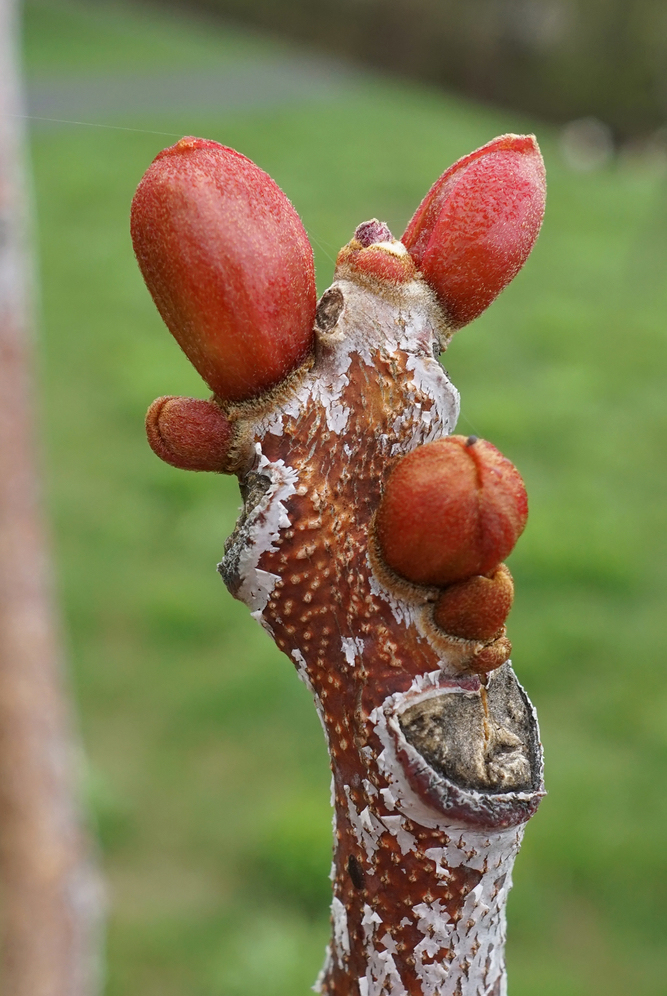
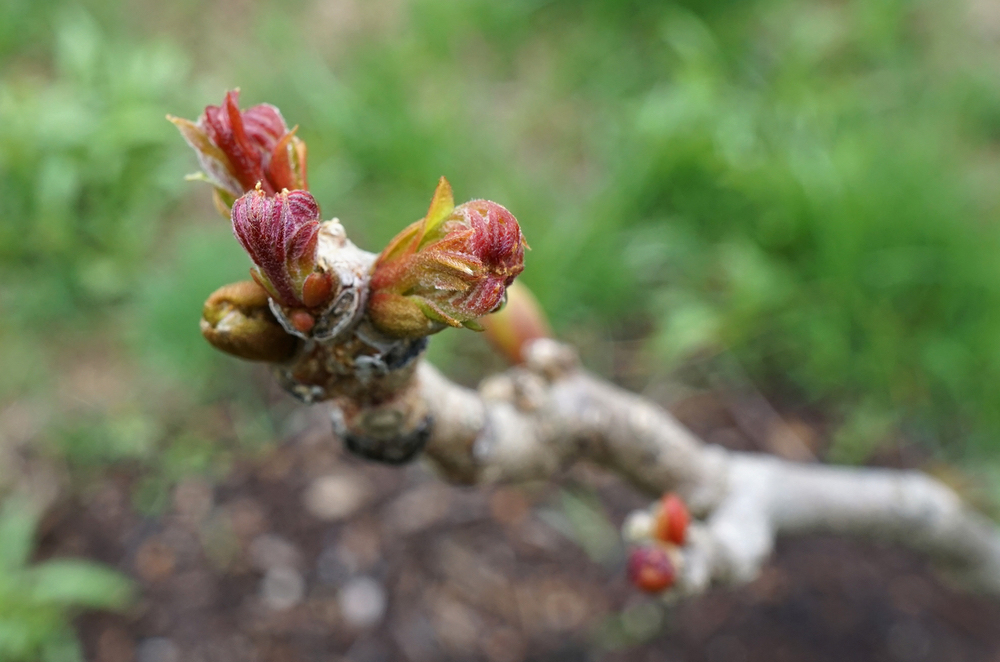
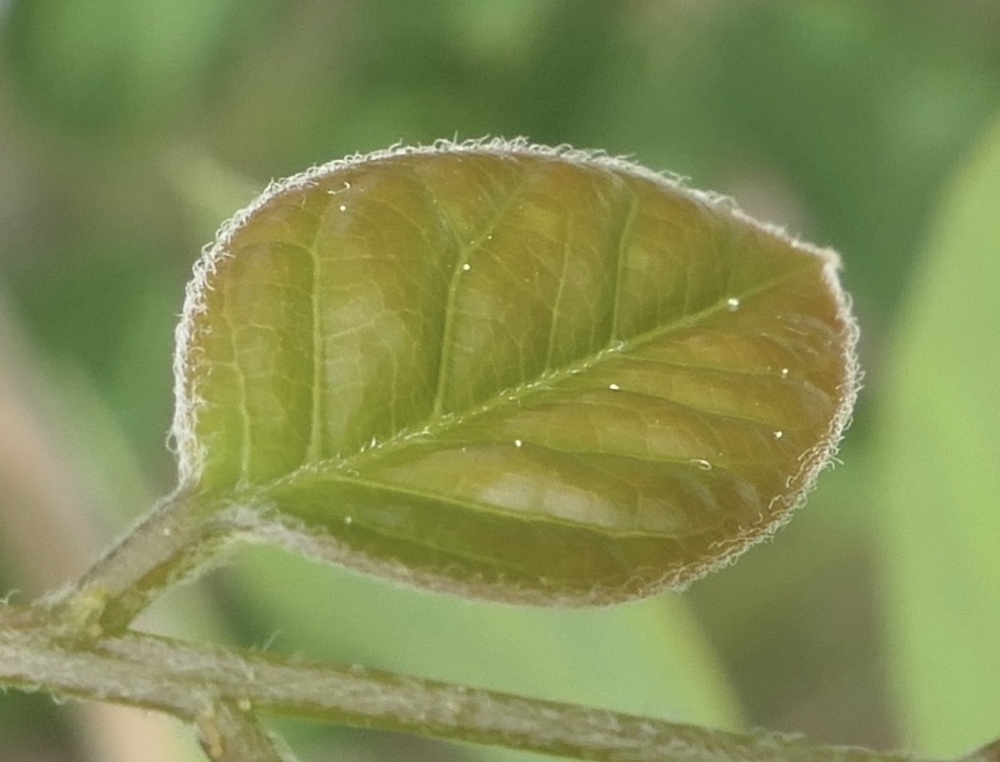
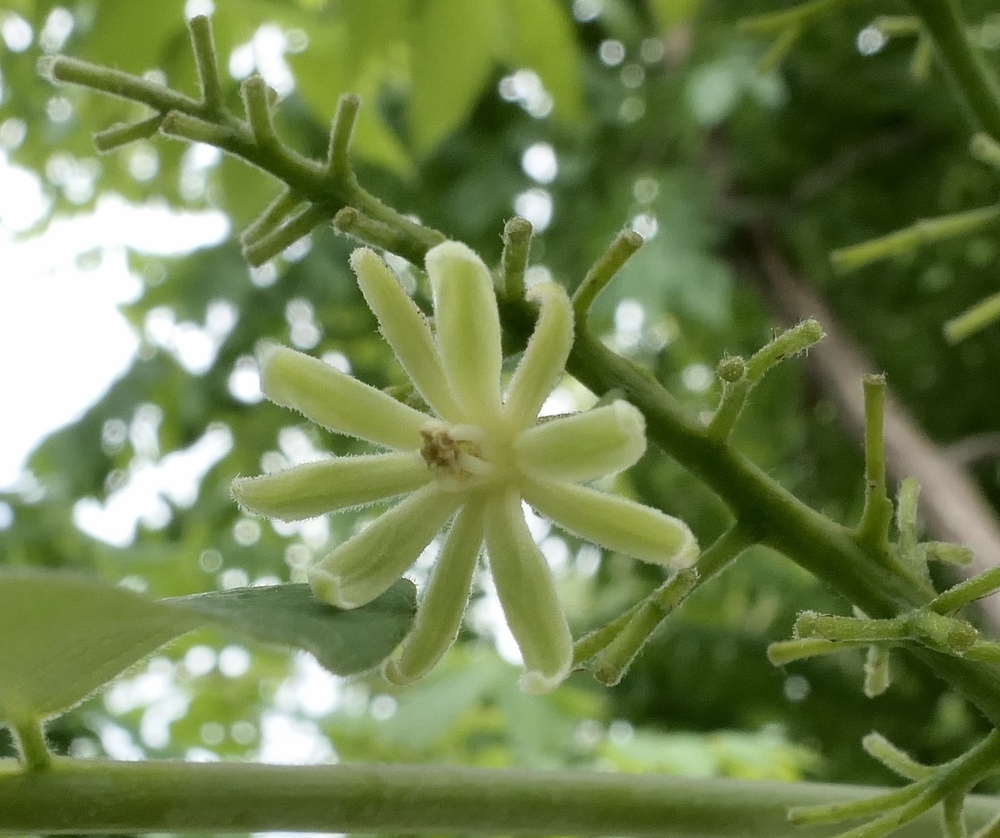
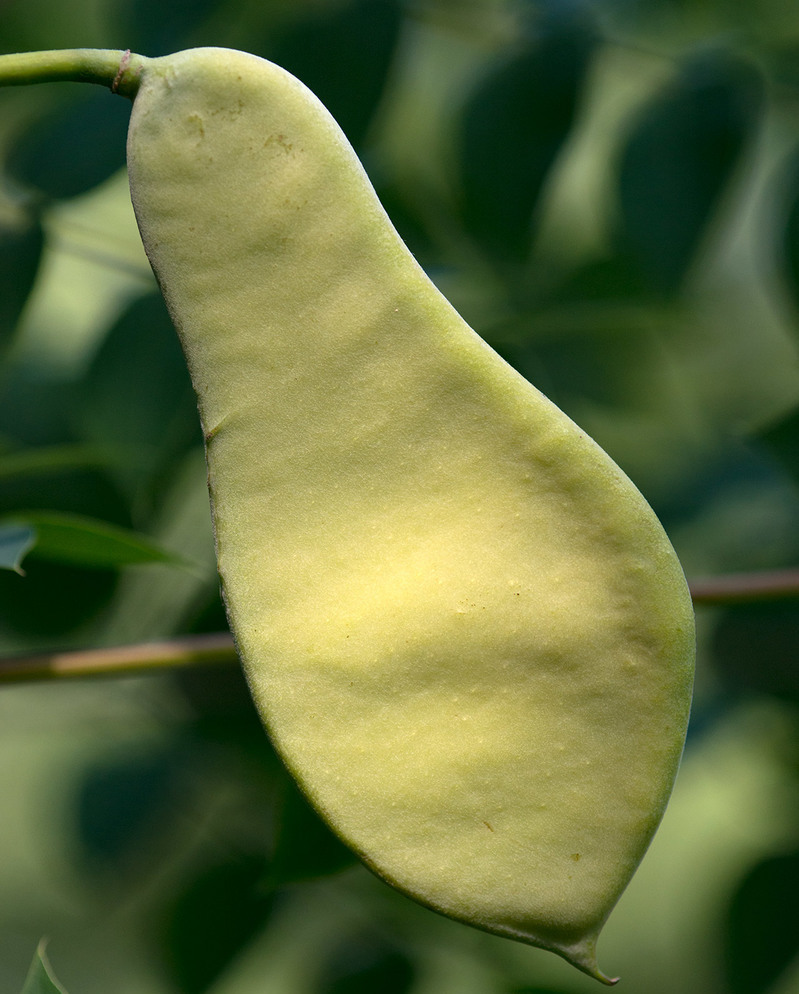
11
Sargent Cherry
Prunus sargentii ‘Columnaris’
UNKNOWN SOURCE
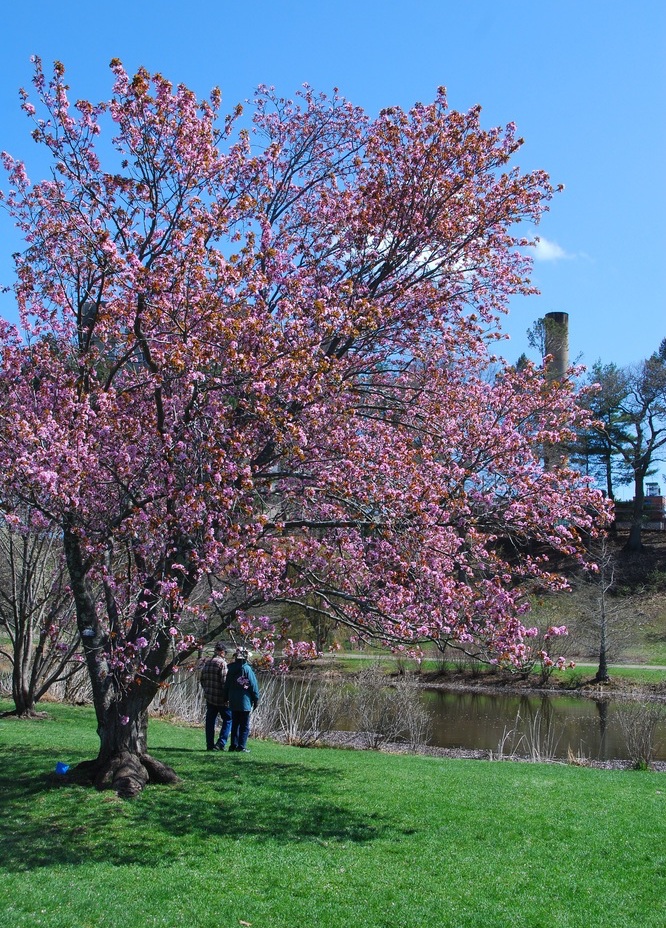
-
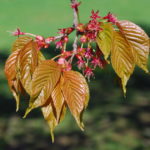
New leaves and spent flowers. -
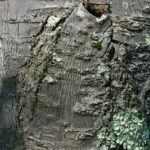
Silvery-gray bark with prominent horizontal lenticles.
This tree, Prunus sargentii ‘Columnaris,’ is called “Sargent cherry” after the Arboretum’s founding director, Charles Sprague Sargent.
There is an iconic photo from the early history of the Arnold Arboretum of Harvard University—a 1915 lantern slide, tinted with soft color. In the image, Arboretum founding director Charles Sprague Sargent and plant collector Ernest Wilson stand in front of a large cherry tree laden with white-pink blossoms. The men face one another, smiling, hands in the pockets of their long coats. Sargent leans on a cane.
Both men played a pivotal role in introducing flowering cherry trees to the United States in the 20th century. The tree before you, which was planted in 1958, is named after Sargent, who traveled to Japan in 1892 and came back with seeds of almost 200 different species, many of them new to cultivation outside of Japan.
Twenty years later, in 1914, Wilson traveled to Japan to conduct a thorough survey of flowering Japanese cherries and bring as much plant material back as he could. This trip resulted in his publication of Cherries of Japan, his seminal work on the trees.
It is fitting, therefore, that the photo of the two in front of a cherry tree is often shown. Sargent dedicated his career to broadening public understanding of so-called “woody plants”—trees, vines, and shrubs—and Wilson spent years traveling throughout East Asia, collecting plant material to share with Western botanists. Their collaboration, among so many others in the Arboretum’s history, has been crucial to the success of our mission to collect, study, share, and steward woody plants.
Click here to read a transcript of the audio recording below.
In the segment below, Arboretum Director William (Ned) Friedman says that every one of the Arboretum’s staff members plays a role in stewarding this landscape.
